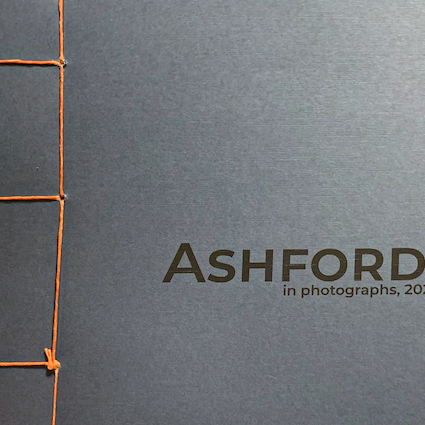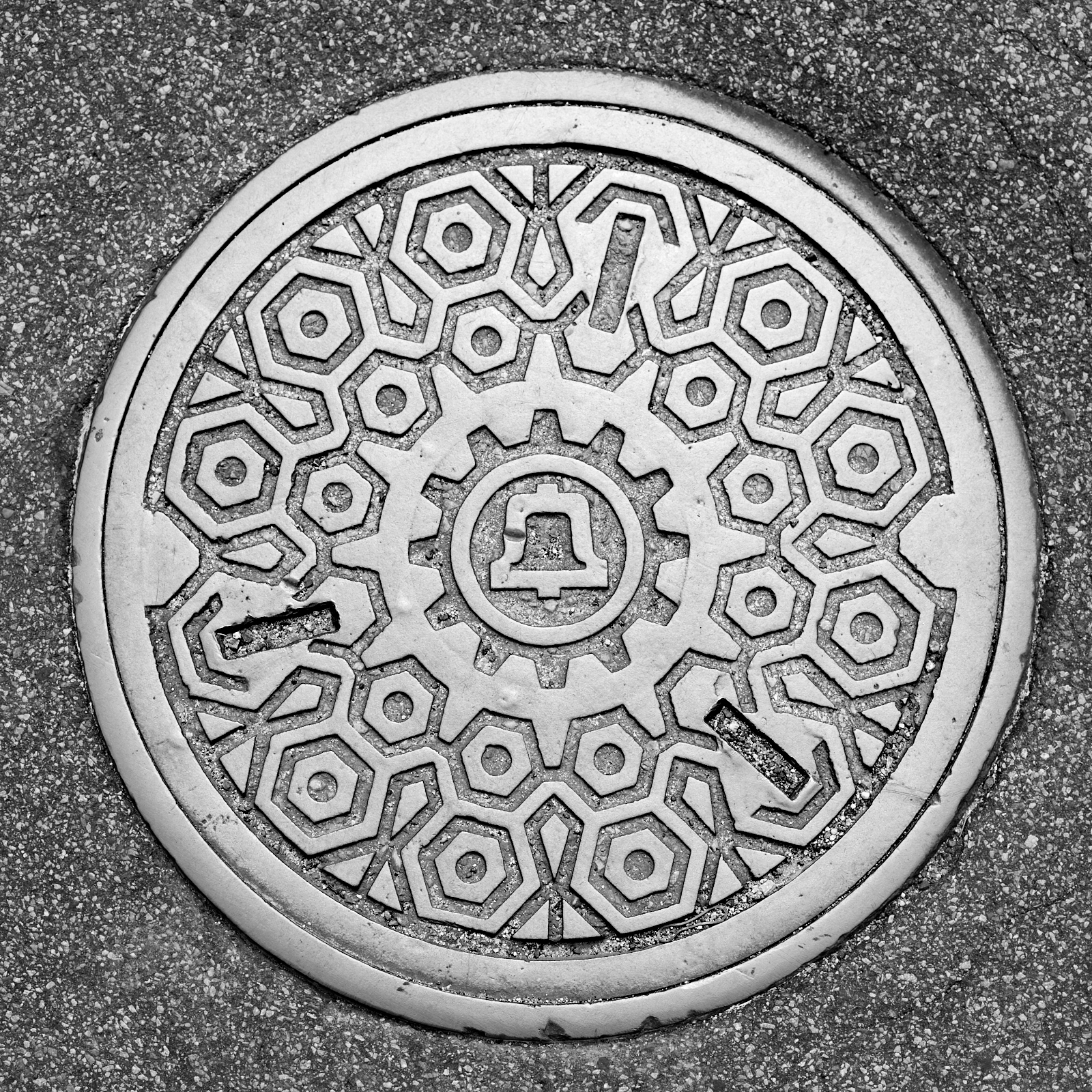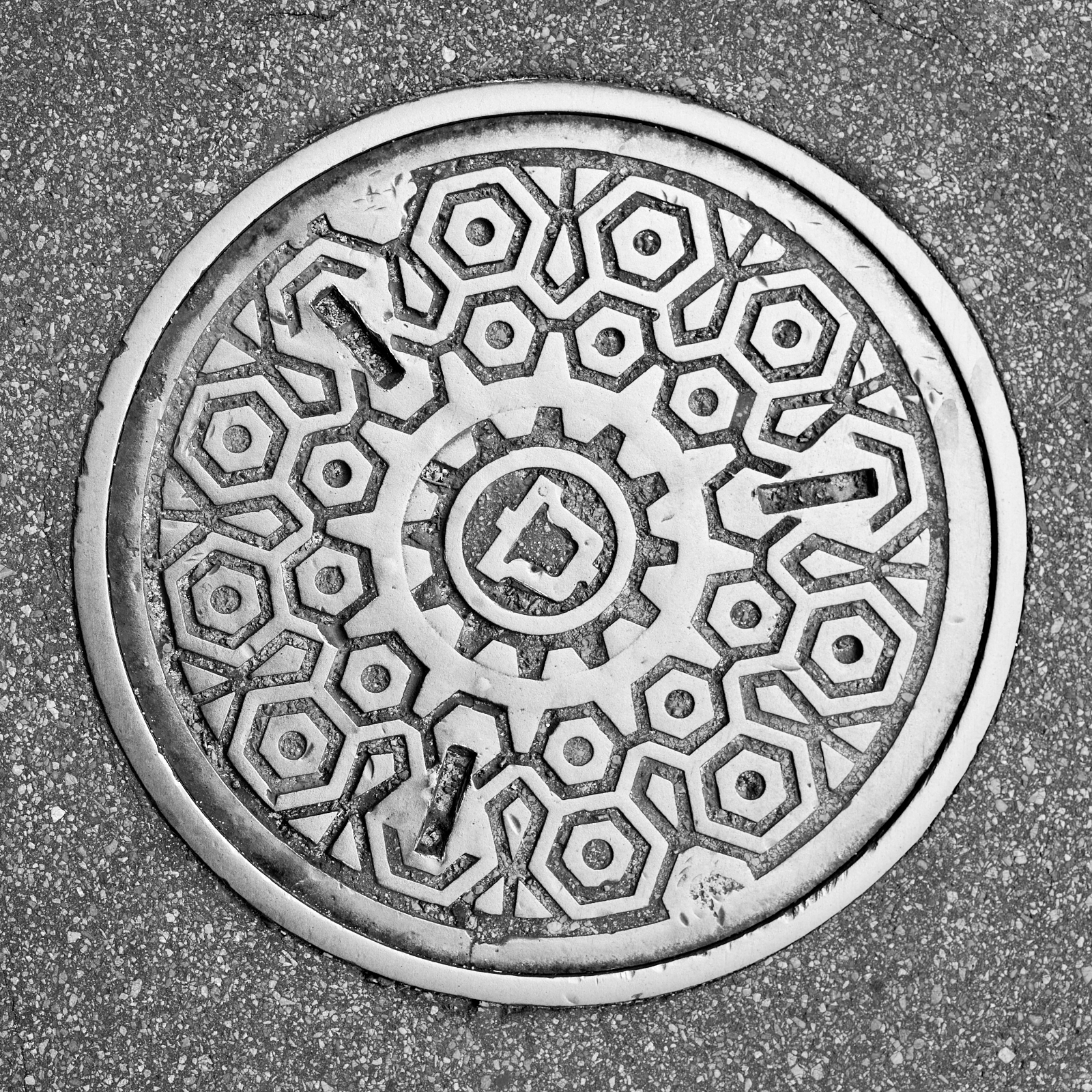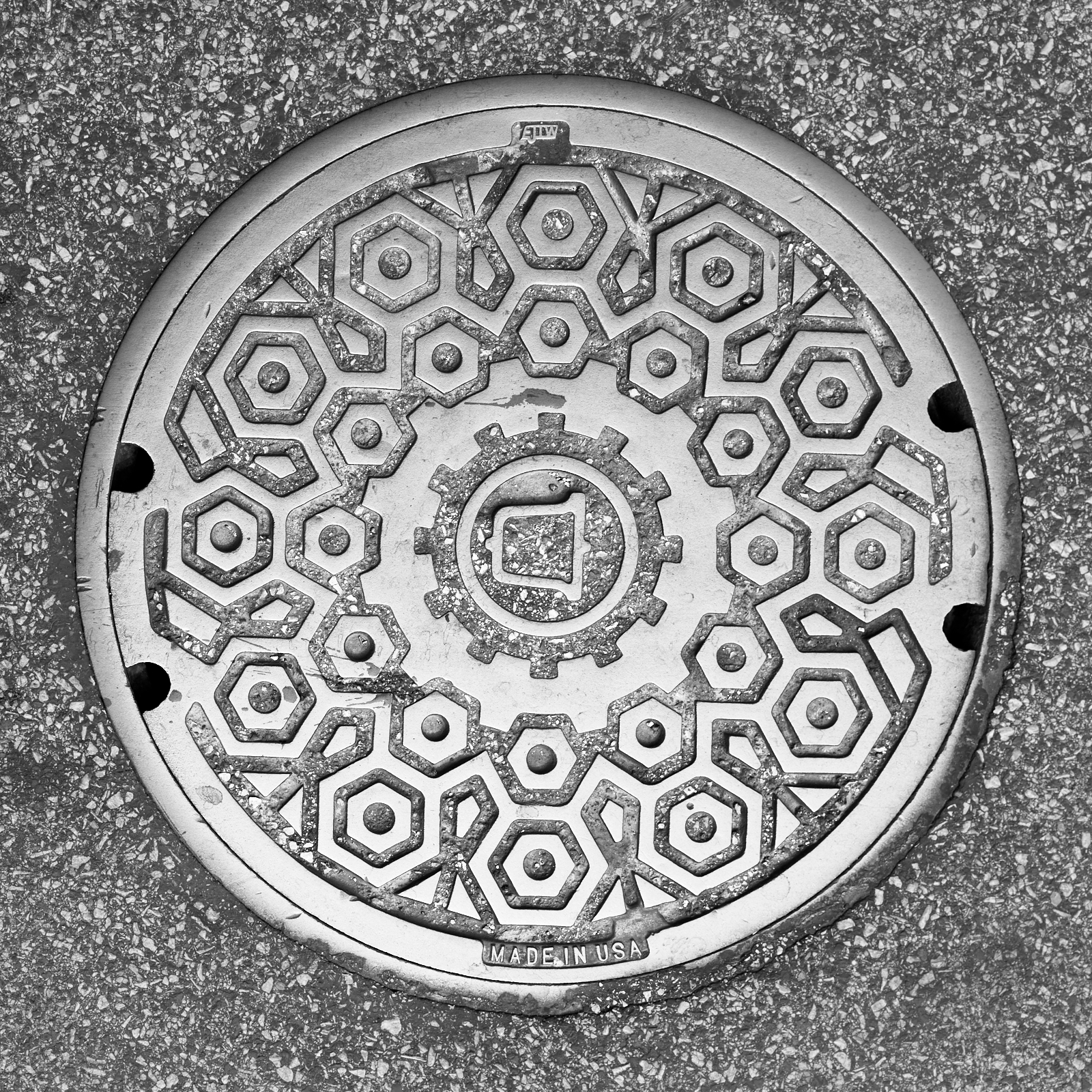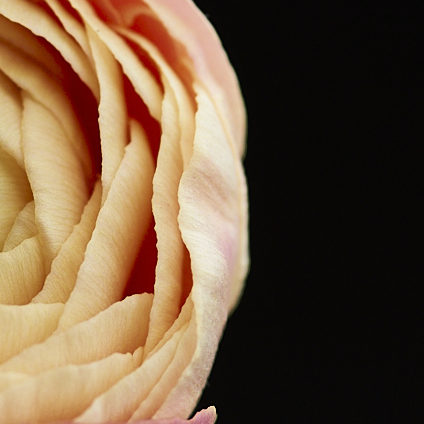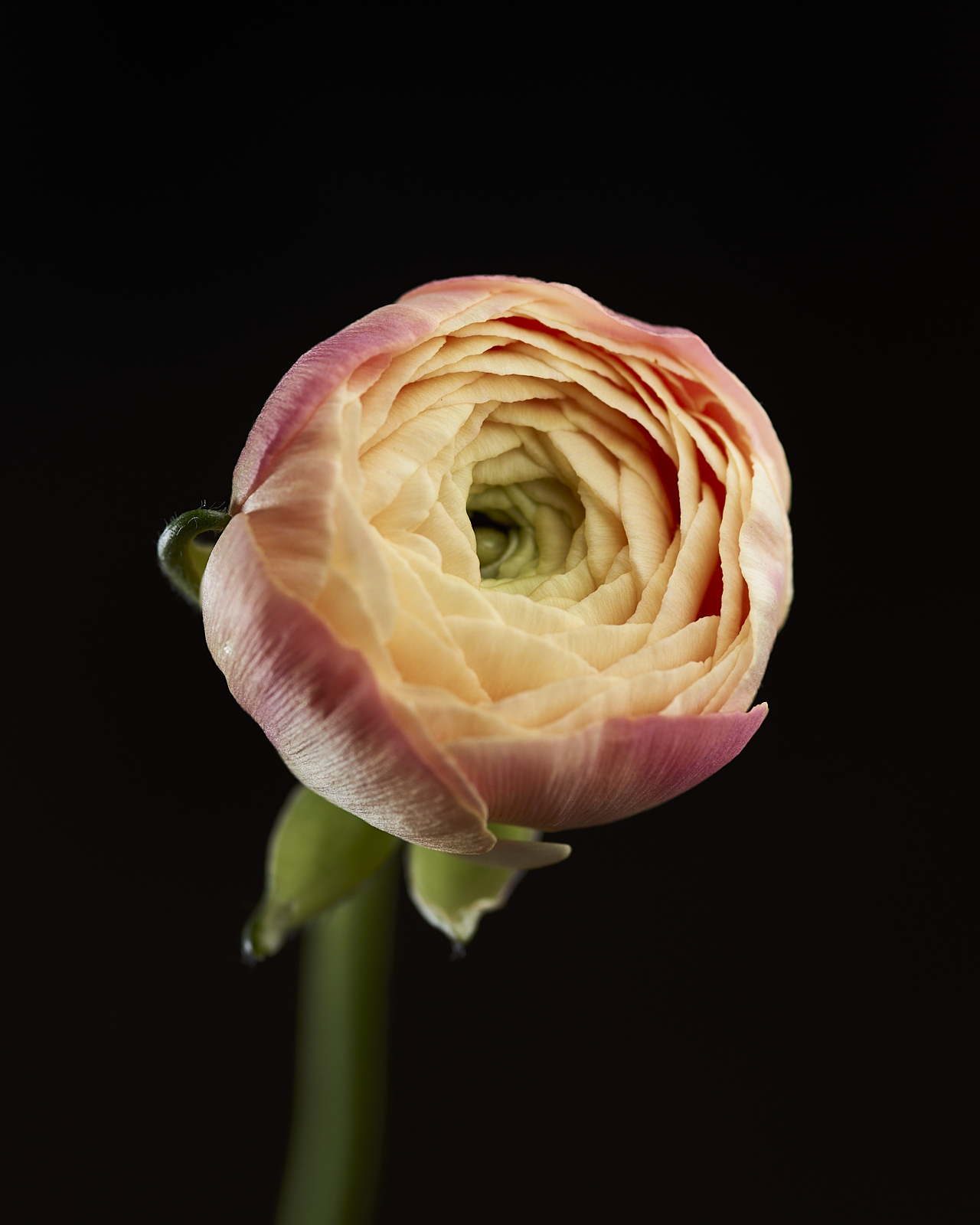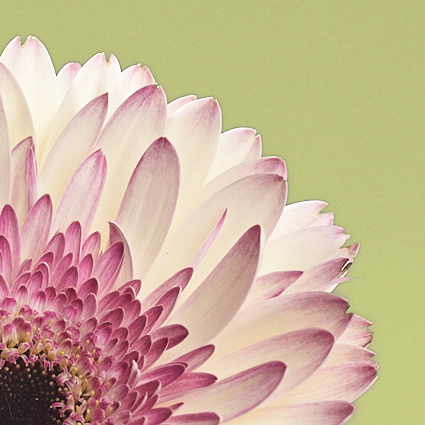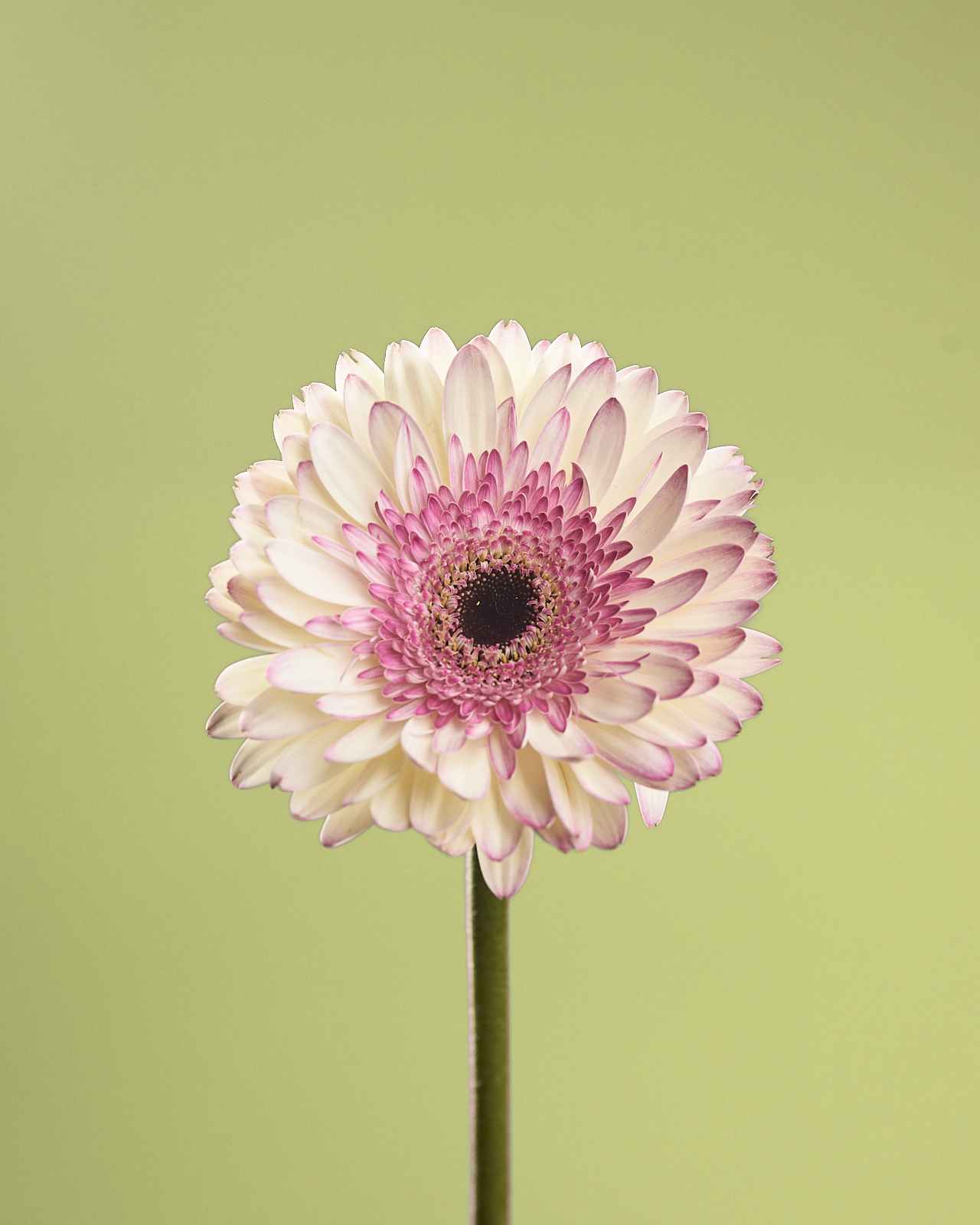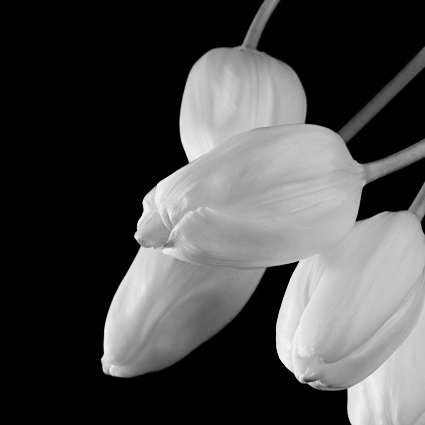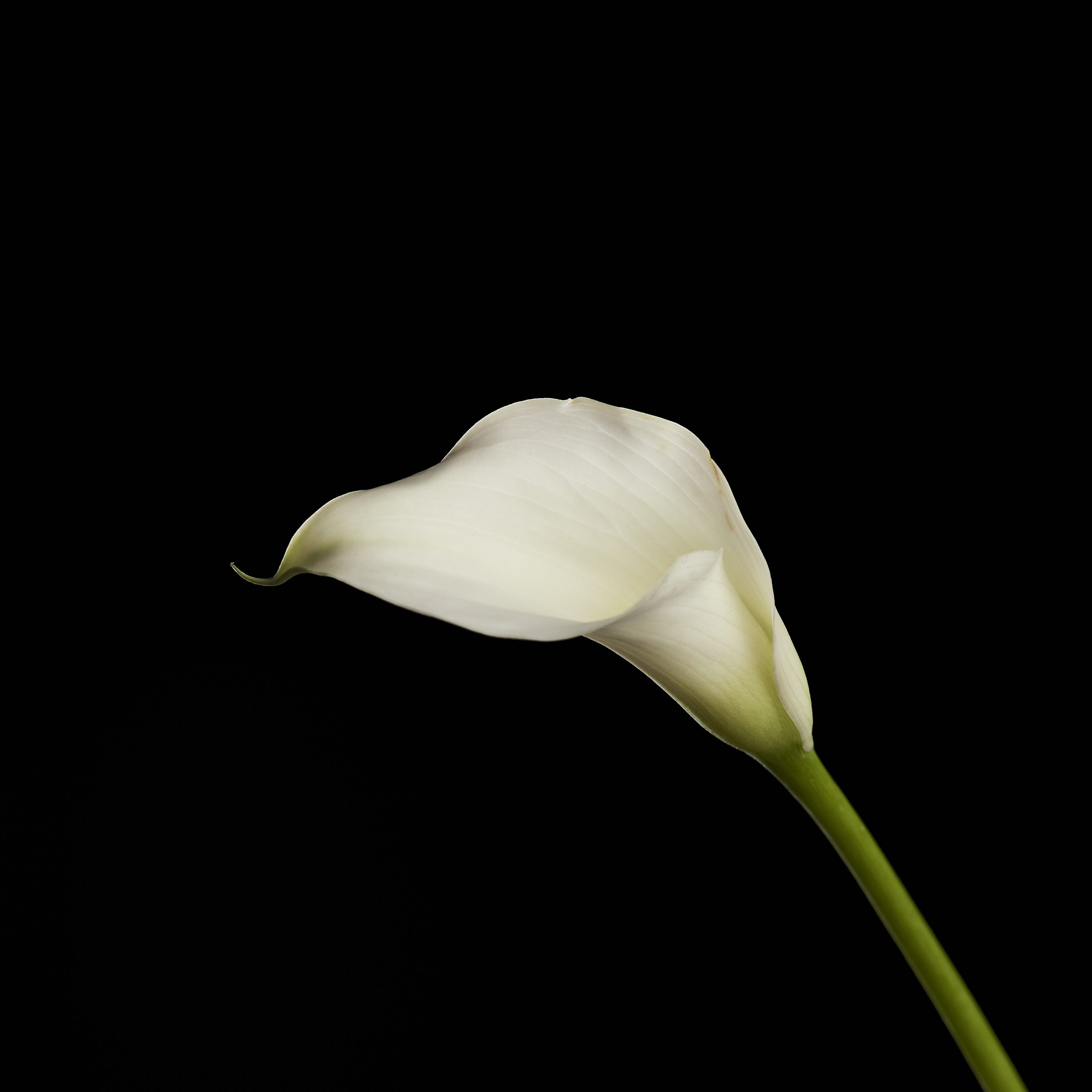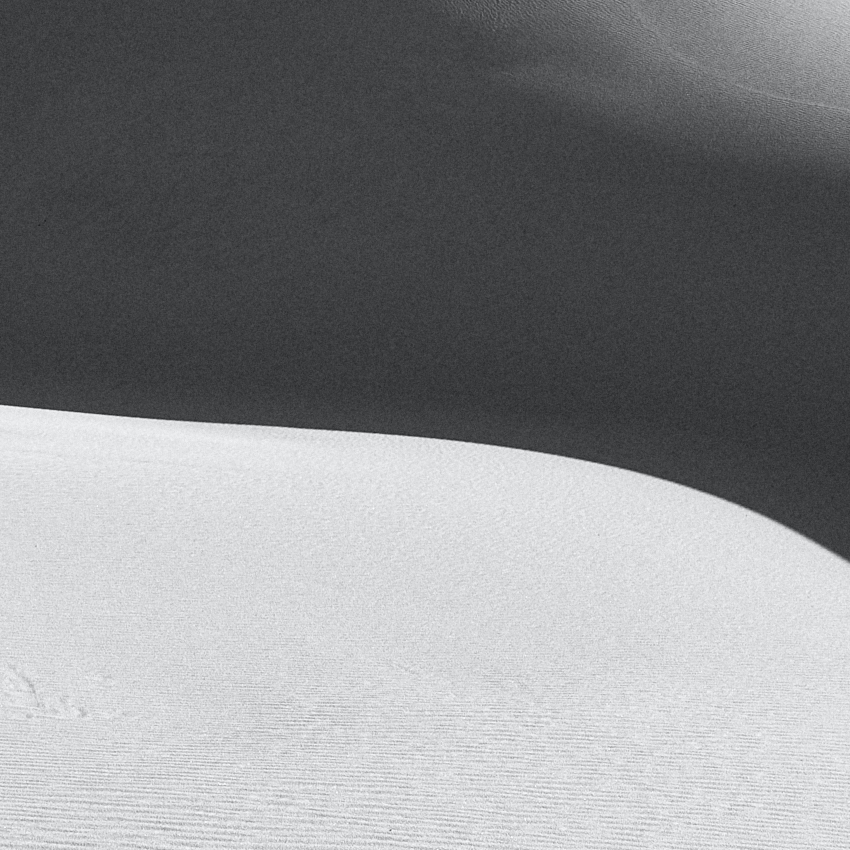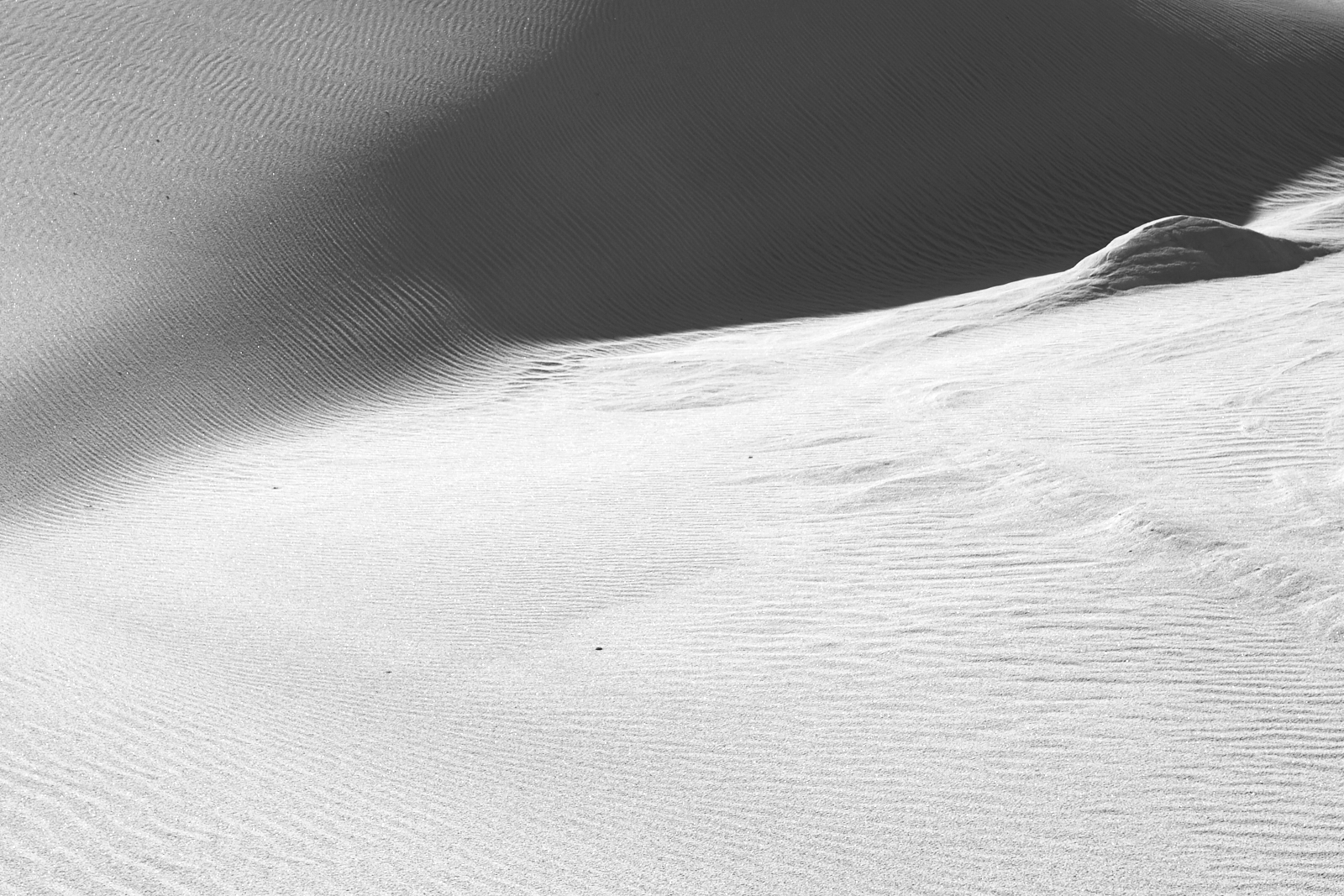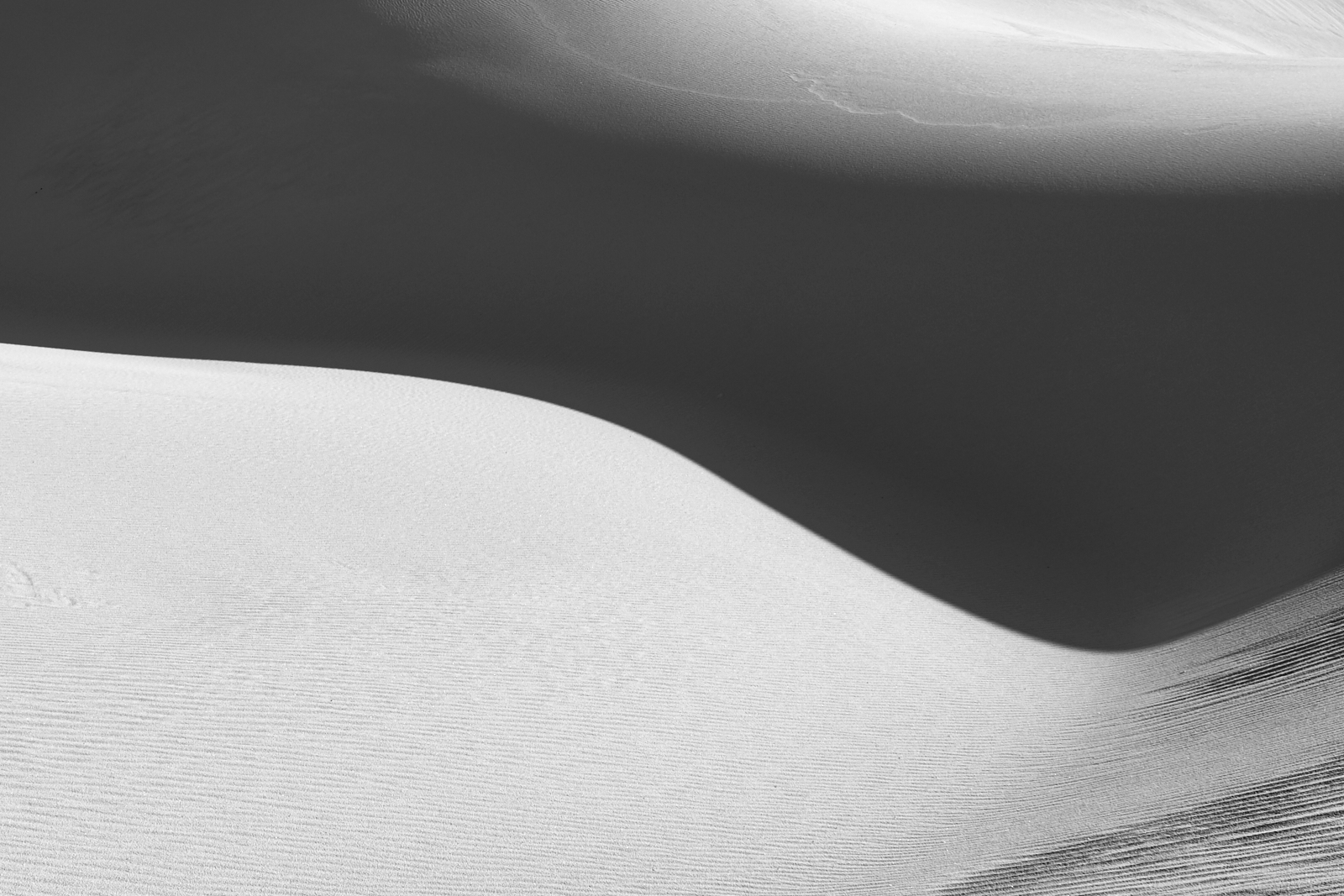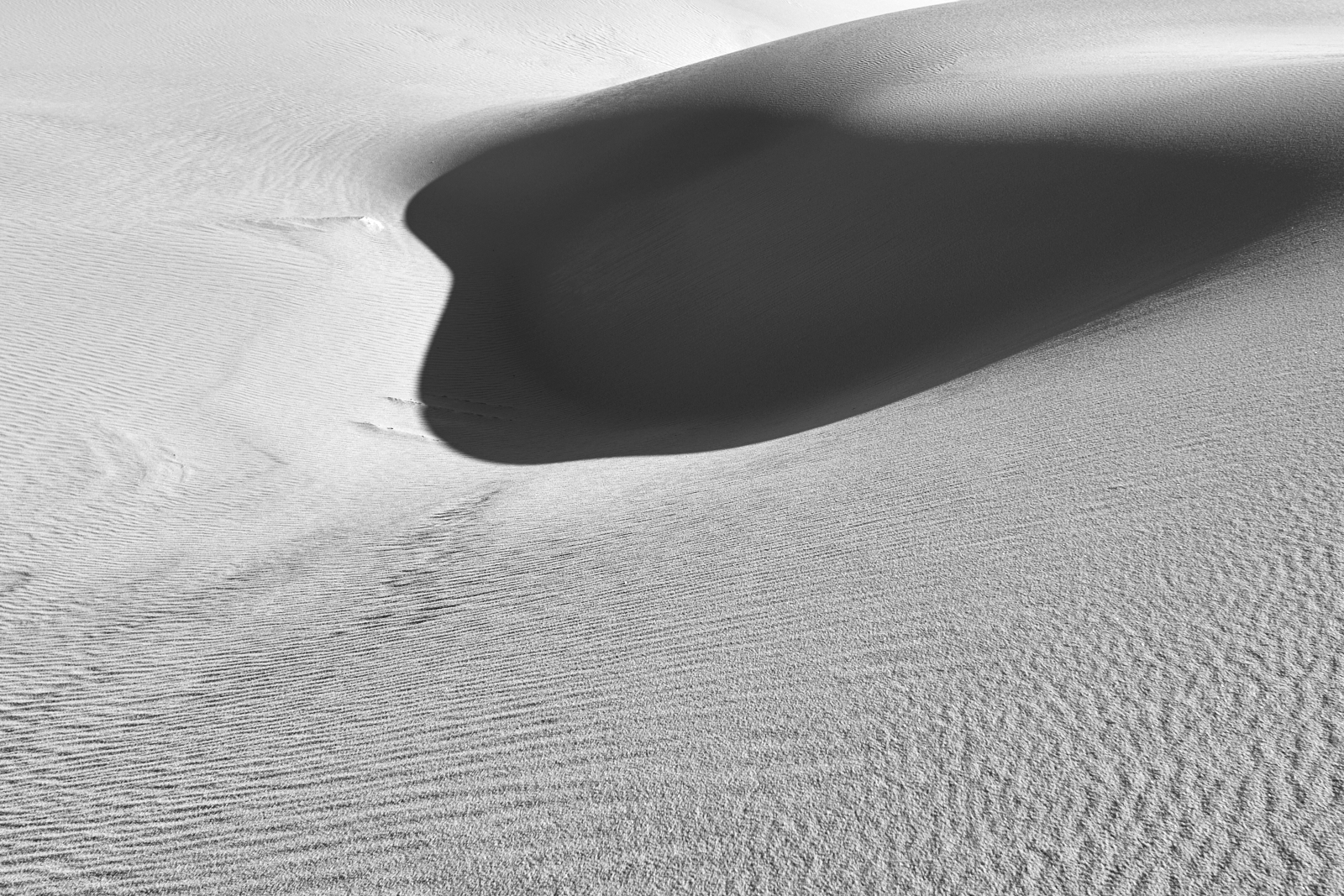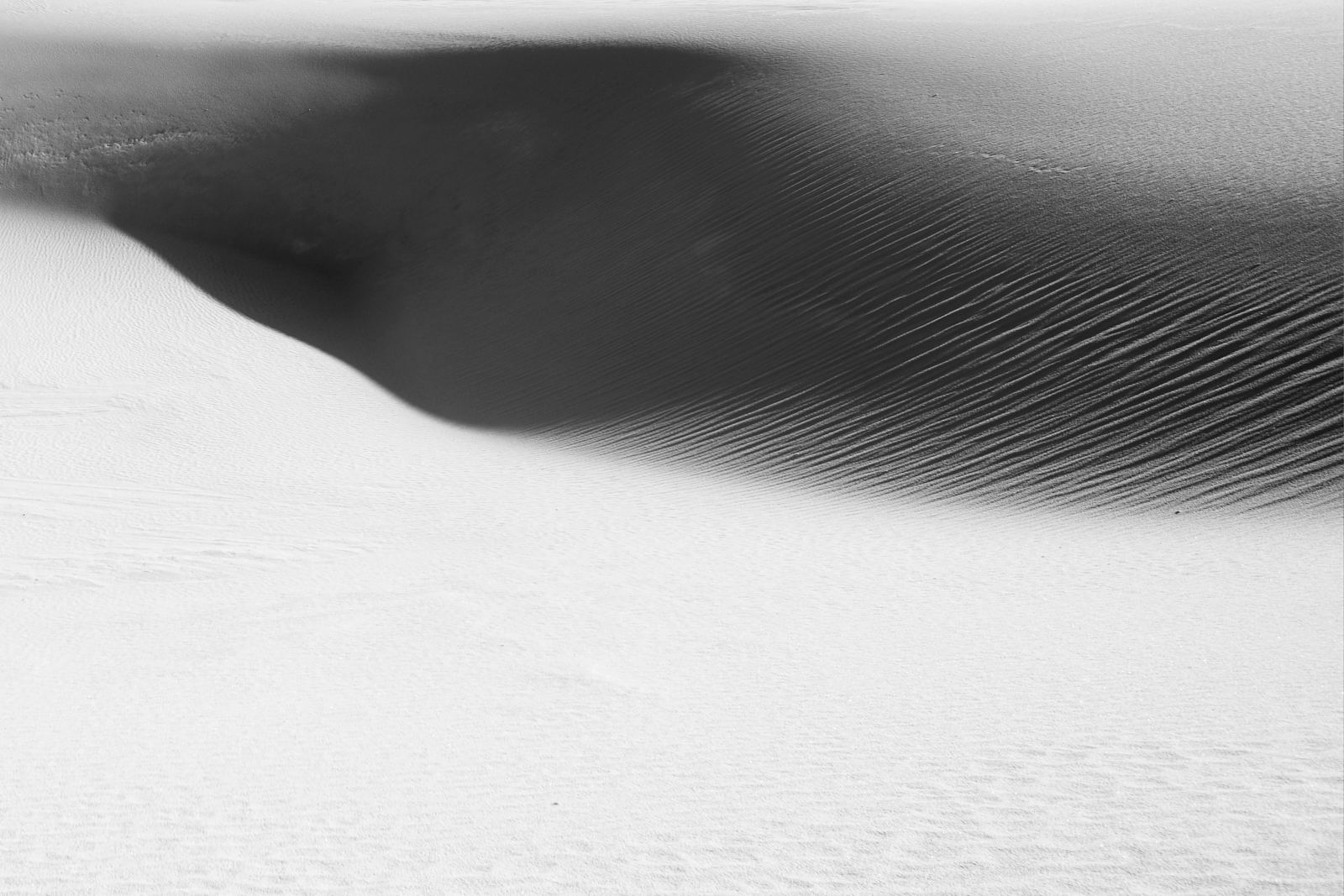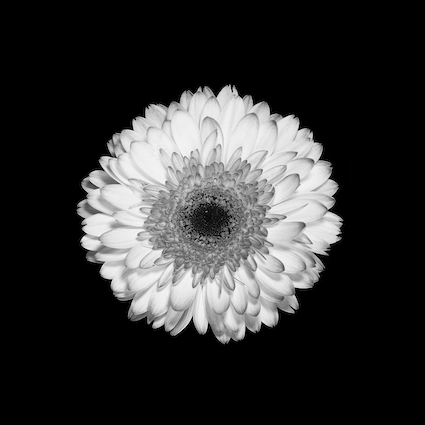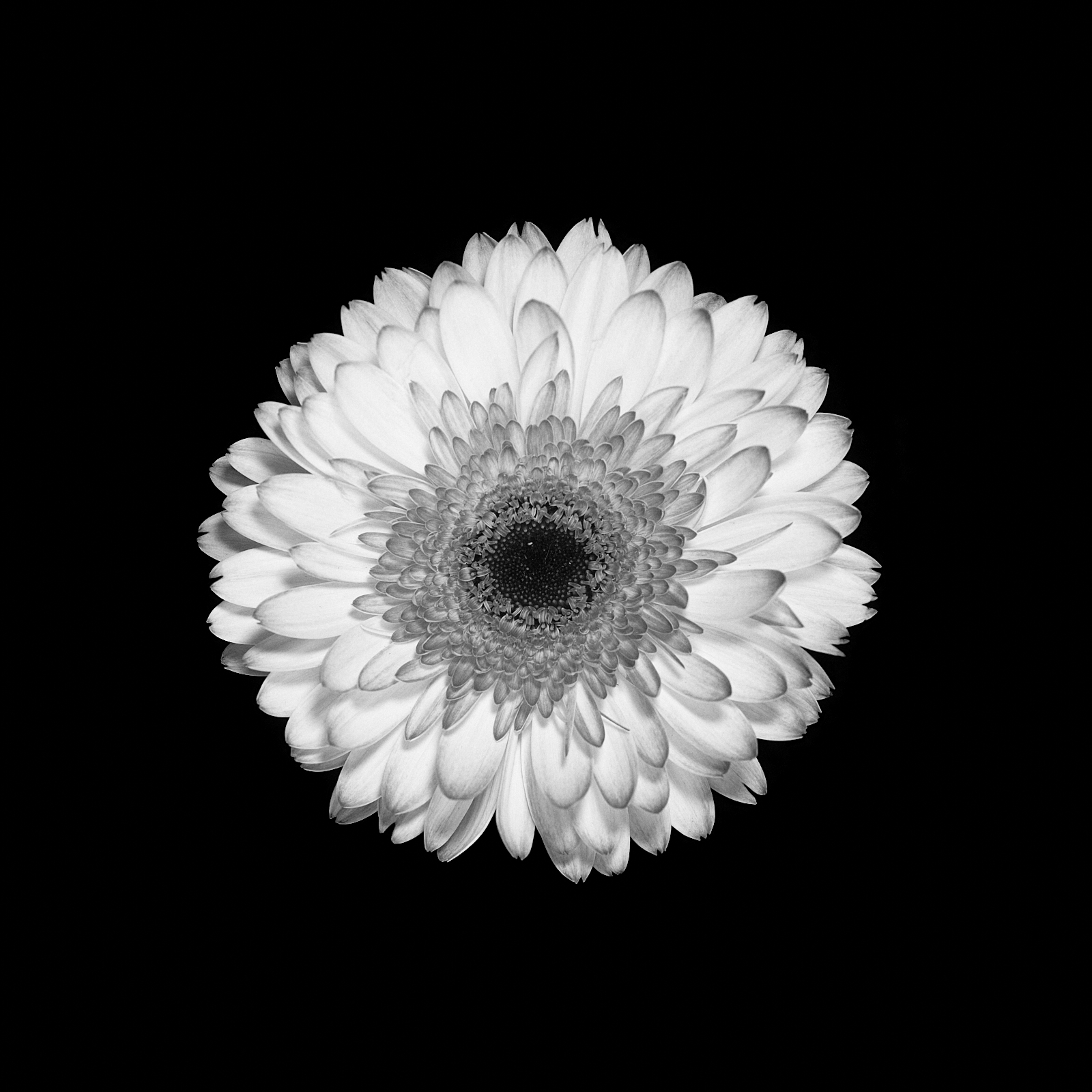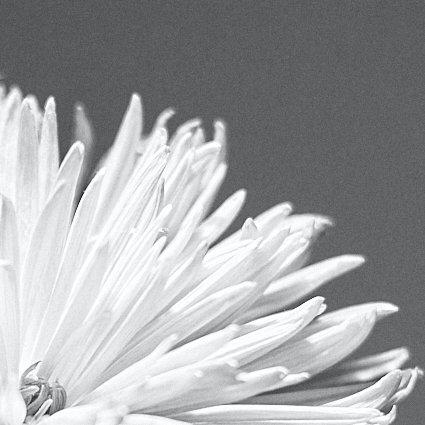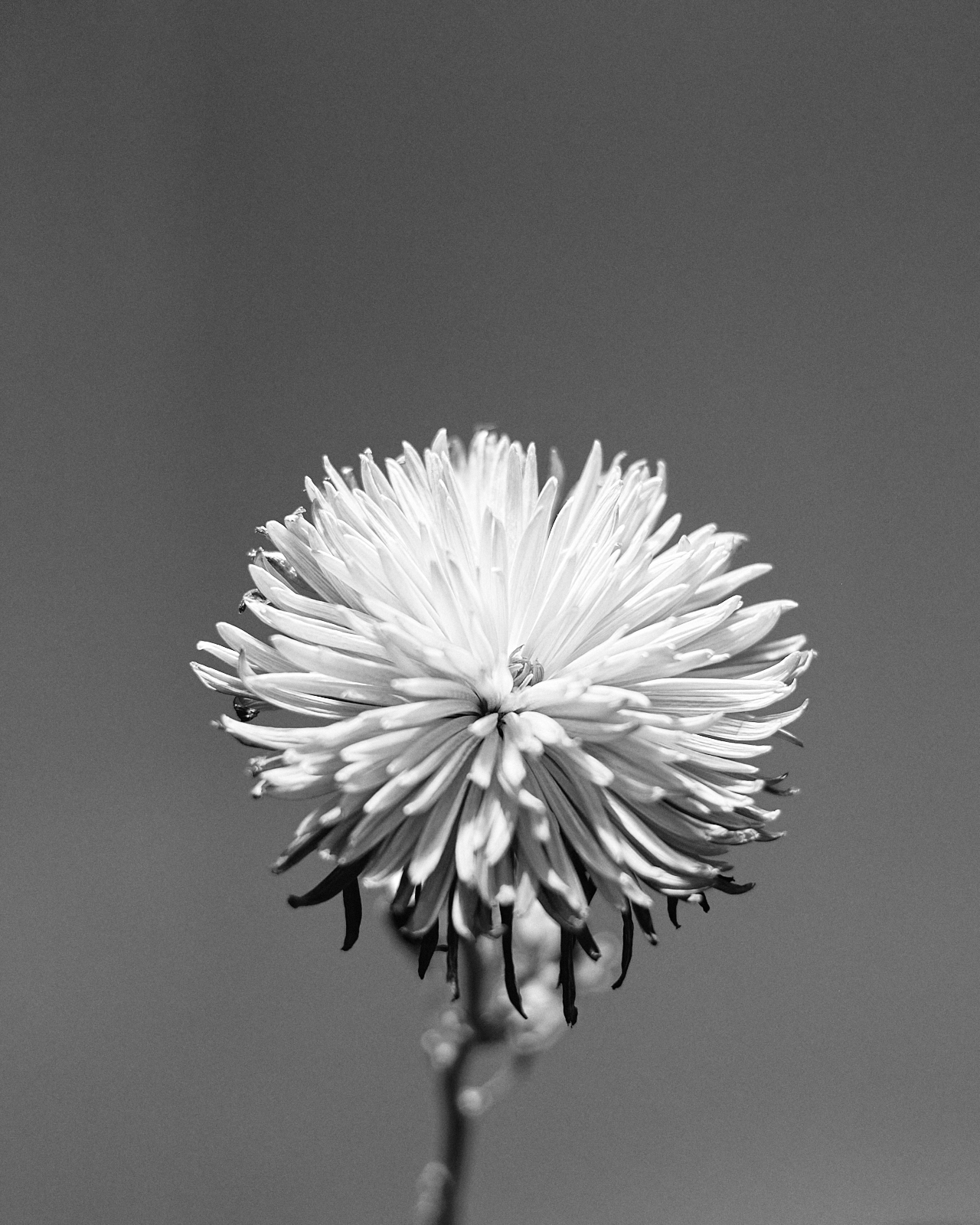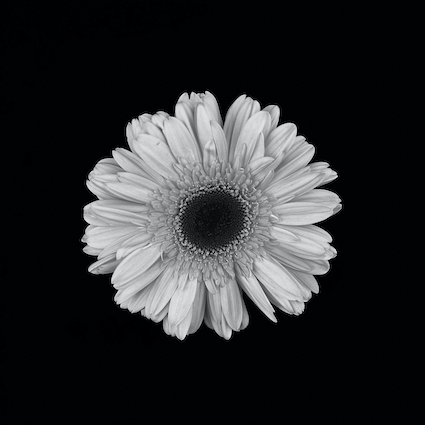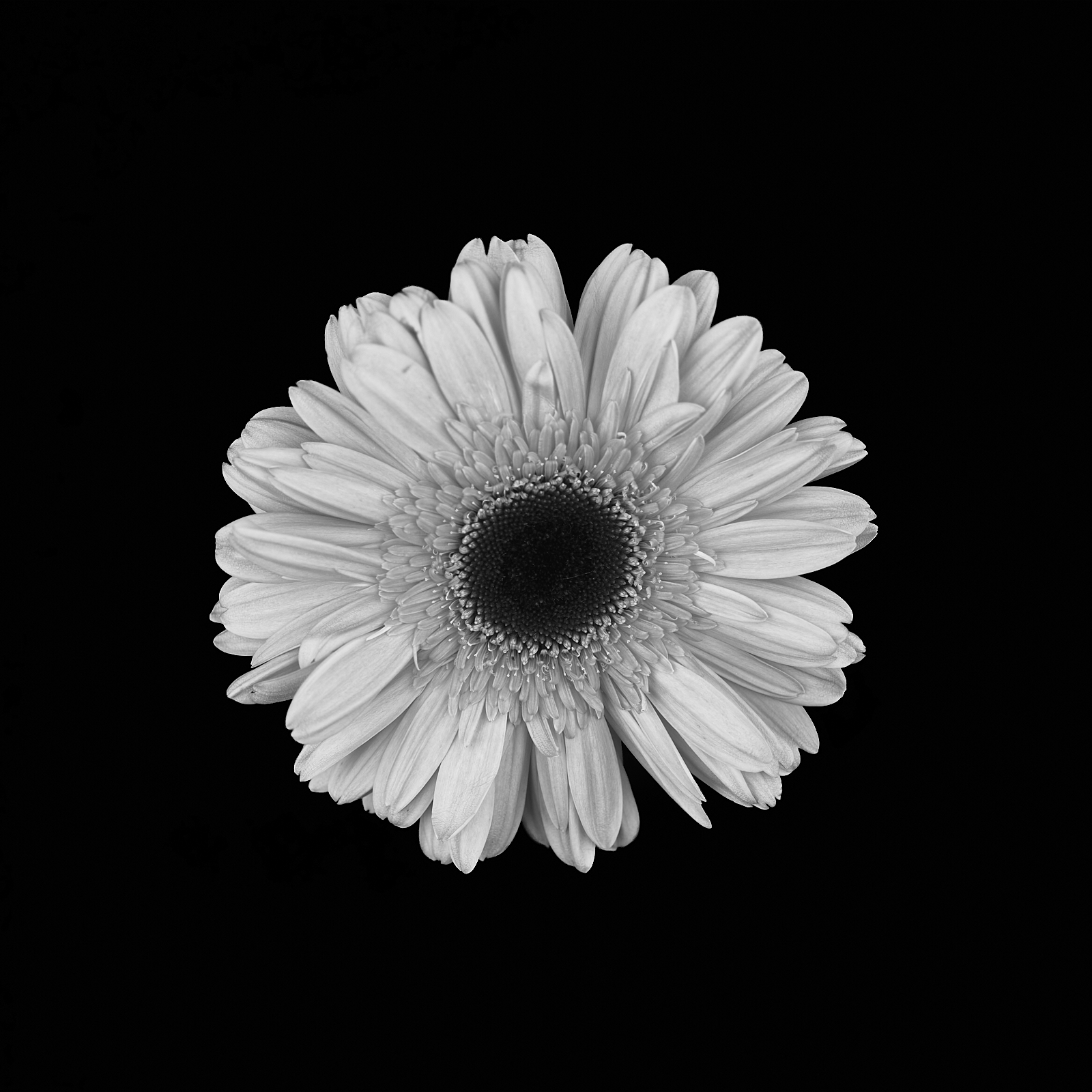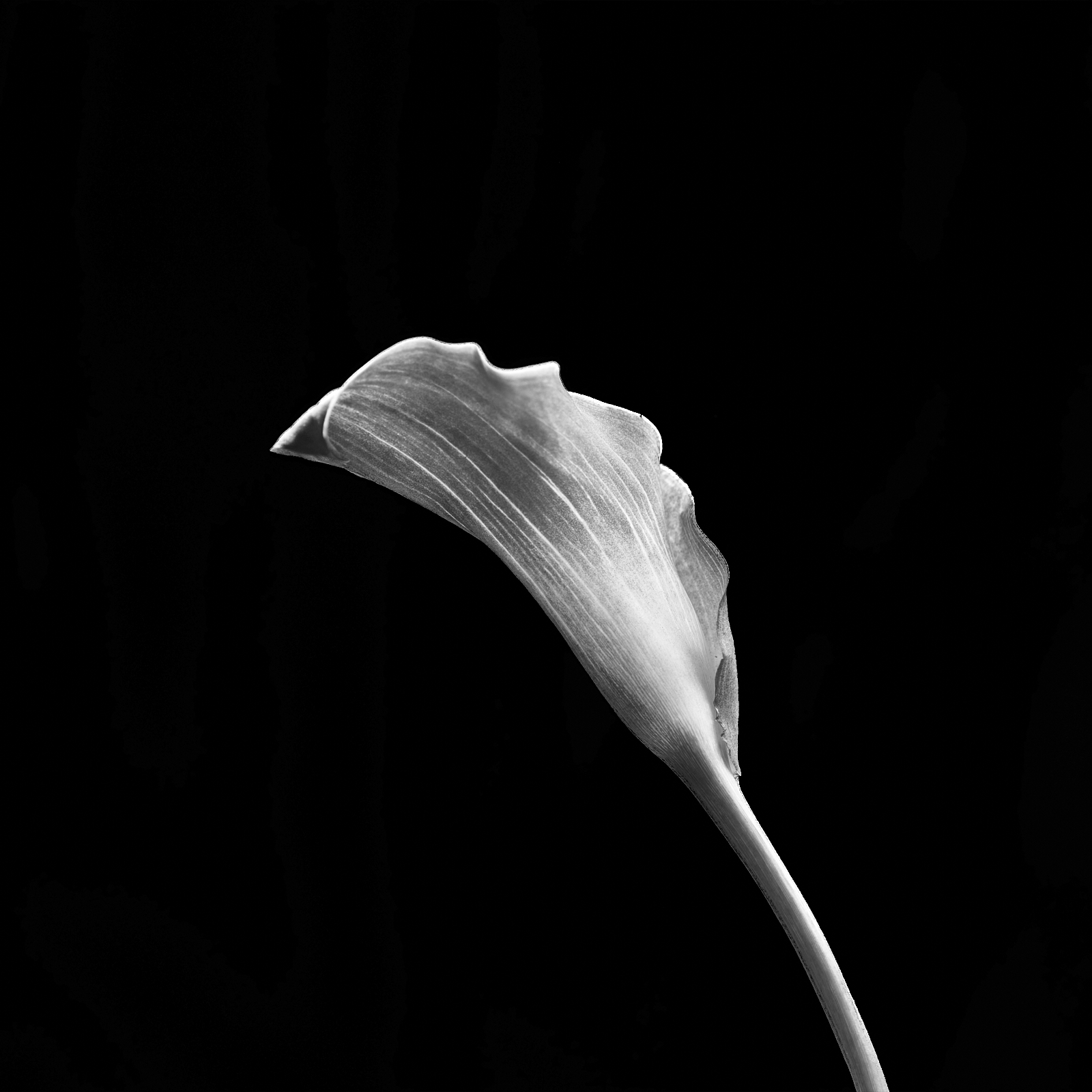I make “limited edition” books, something between art books and photo books. They are often experiments that will never move beyond my work table, hence the “limited edition” label. I play with format, with layout, with folding pages or cut pages. Some are little more than pamphlets. I always learn something from these books.
This “Ashford Farm in Photographs, 2021-2022” is another type of book. This type I tend to make for somebody I know or someplace I frequent. In this case, I assembled photographs I had taken while at Ashford Farm, a local horse farm. Over the past couple years I had spent a number of days there watching the riders and looking around the farm. I had taken pictures of horses in their stalls, people riding horses, kids in the summer riding camps, and other parts of the farm that seemed interesting to me. These episodic books are “limited editions” insofar as I suspect only a very small number of people will be interested in them.
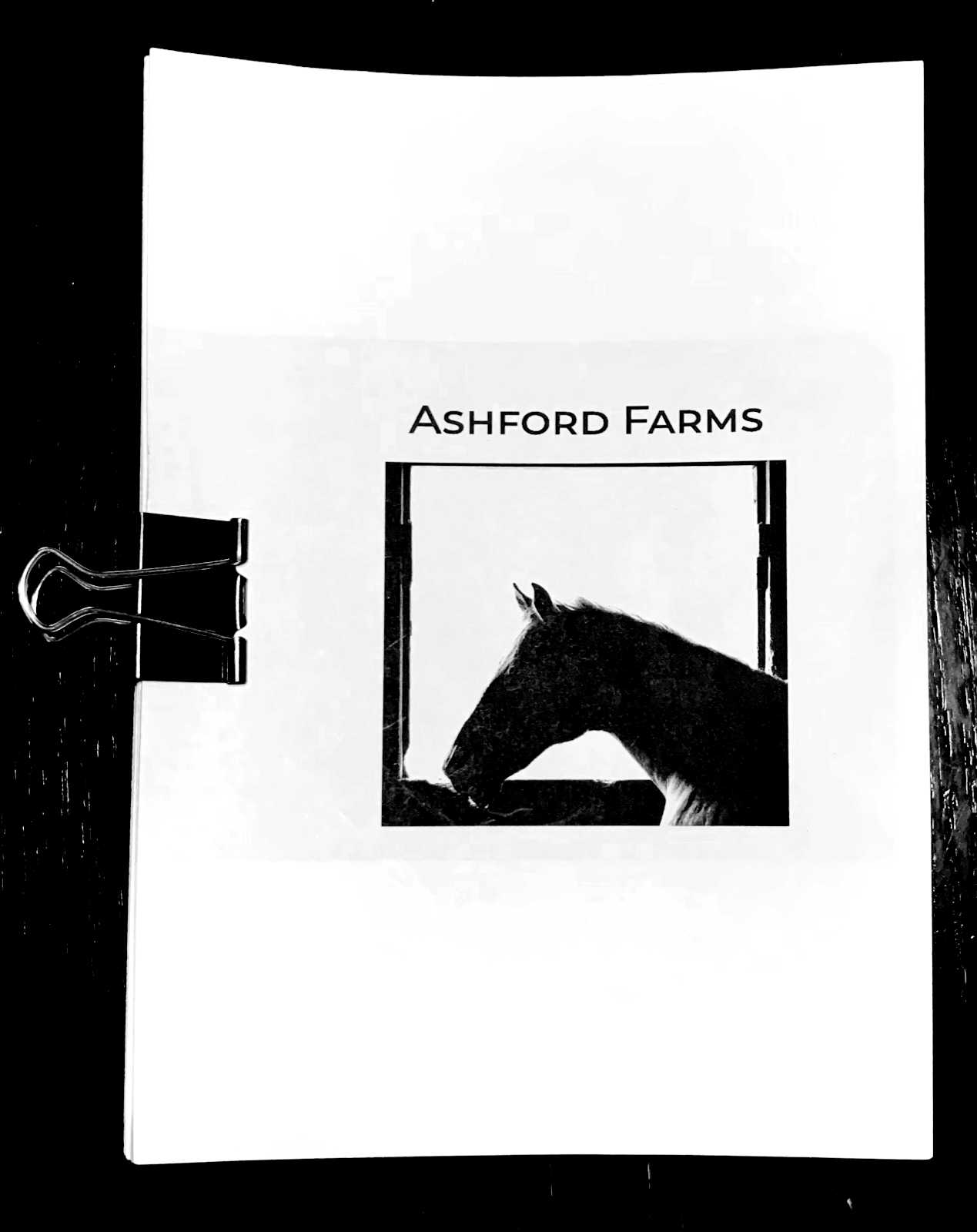
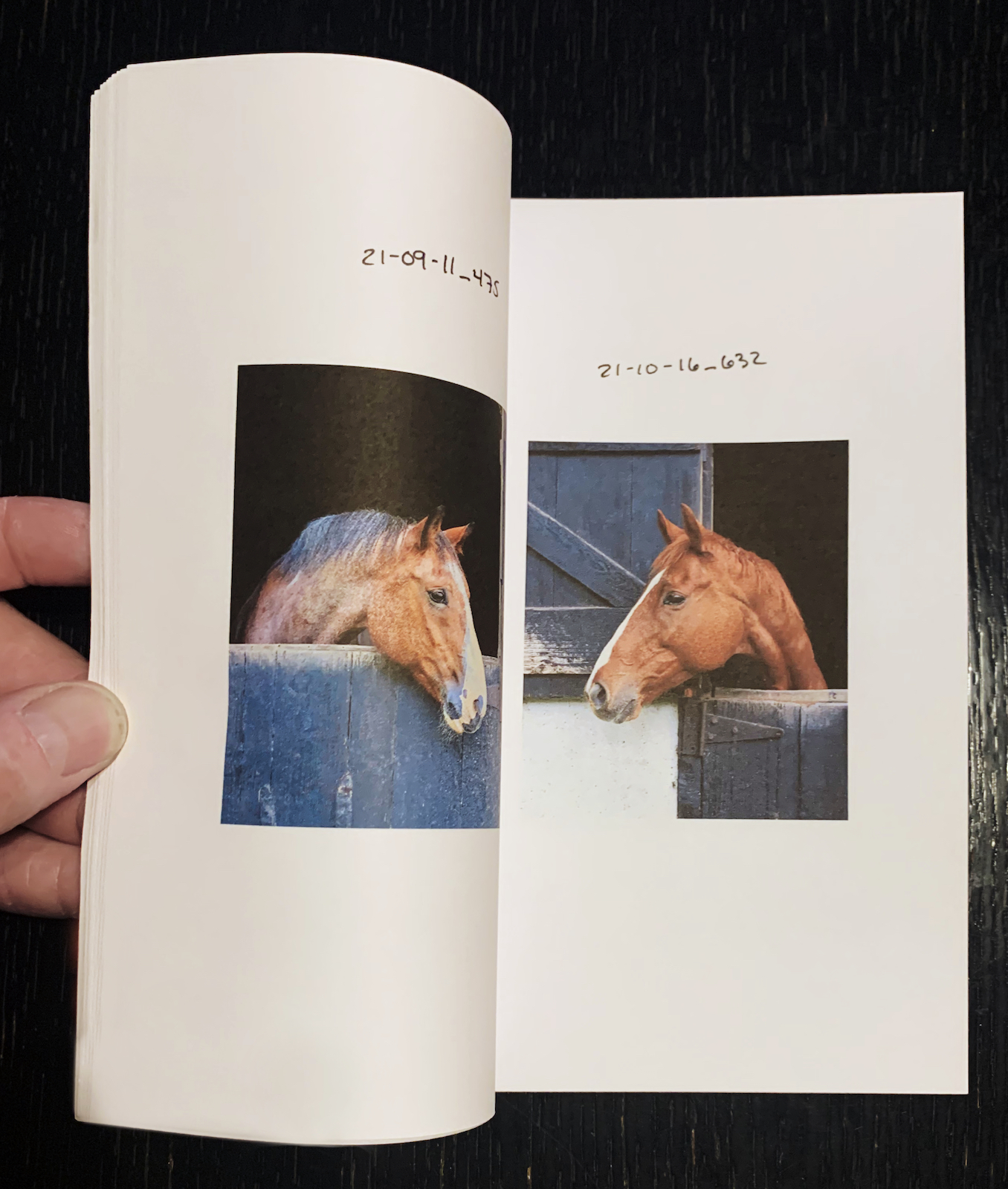
Like all such books, “Ashford Farm in Photographs, 2021-2022” went through a number of revisions in my head before I got around to printing a draft. For me, printing and assembling a draft is essential, even if the draft is small and printed on cheap copy paper. I have to see the sequence, thumb through the pages, test the folding pages and see how partial pages work.
When I’ve worked out the initial problems and arranged the pages the way I want, I tend to print a full-size draft.
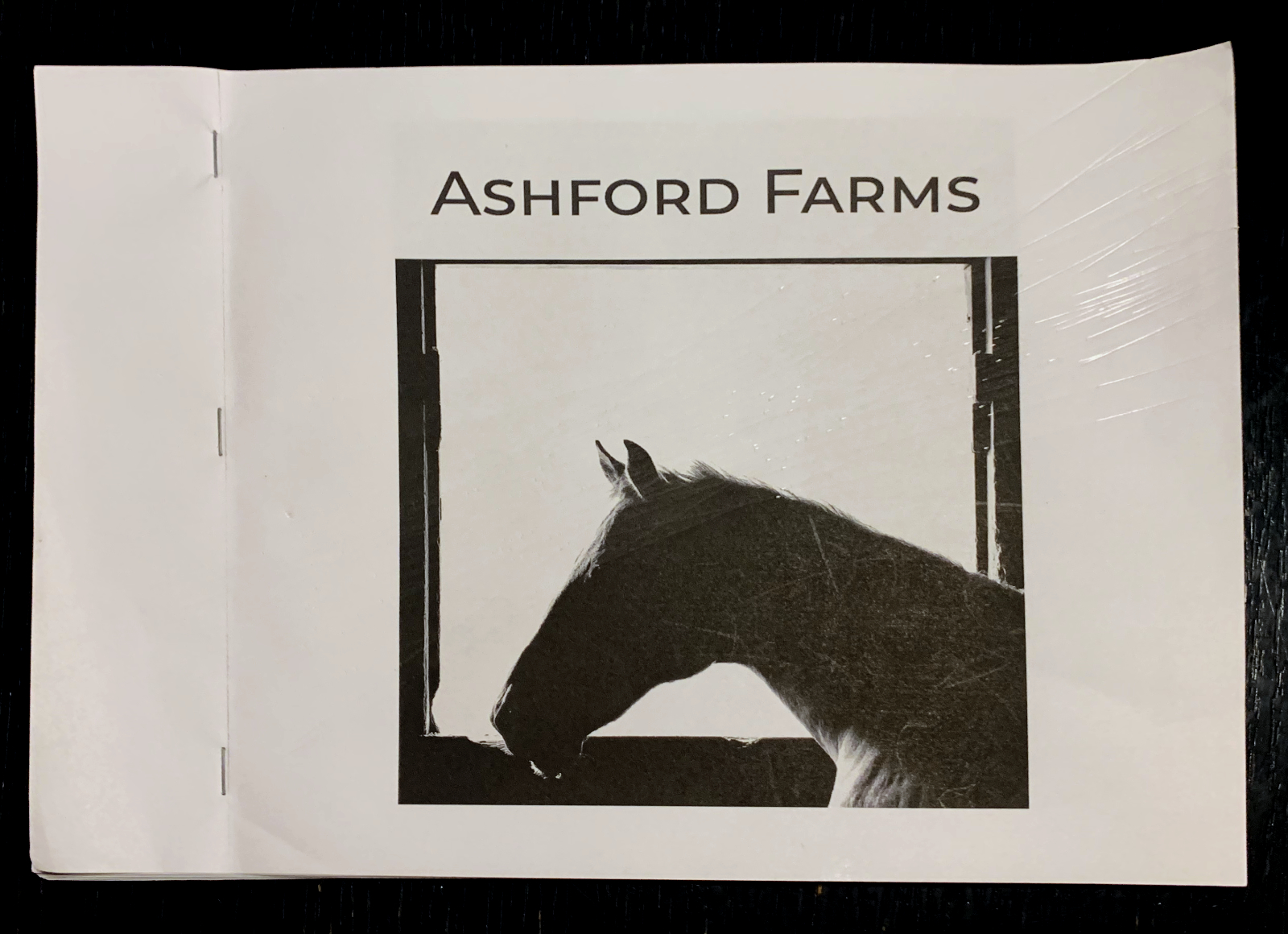
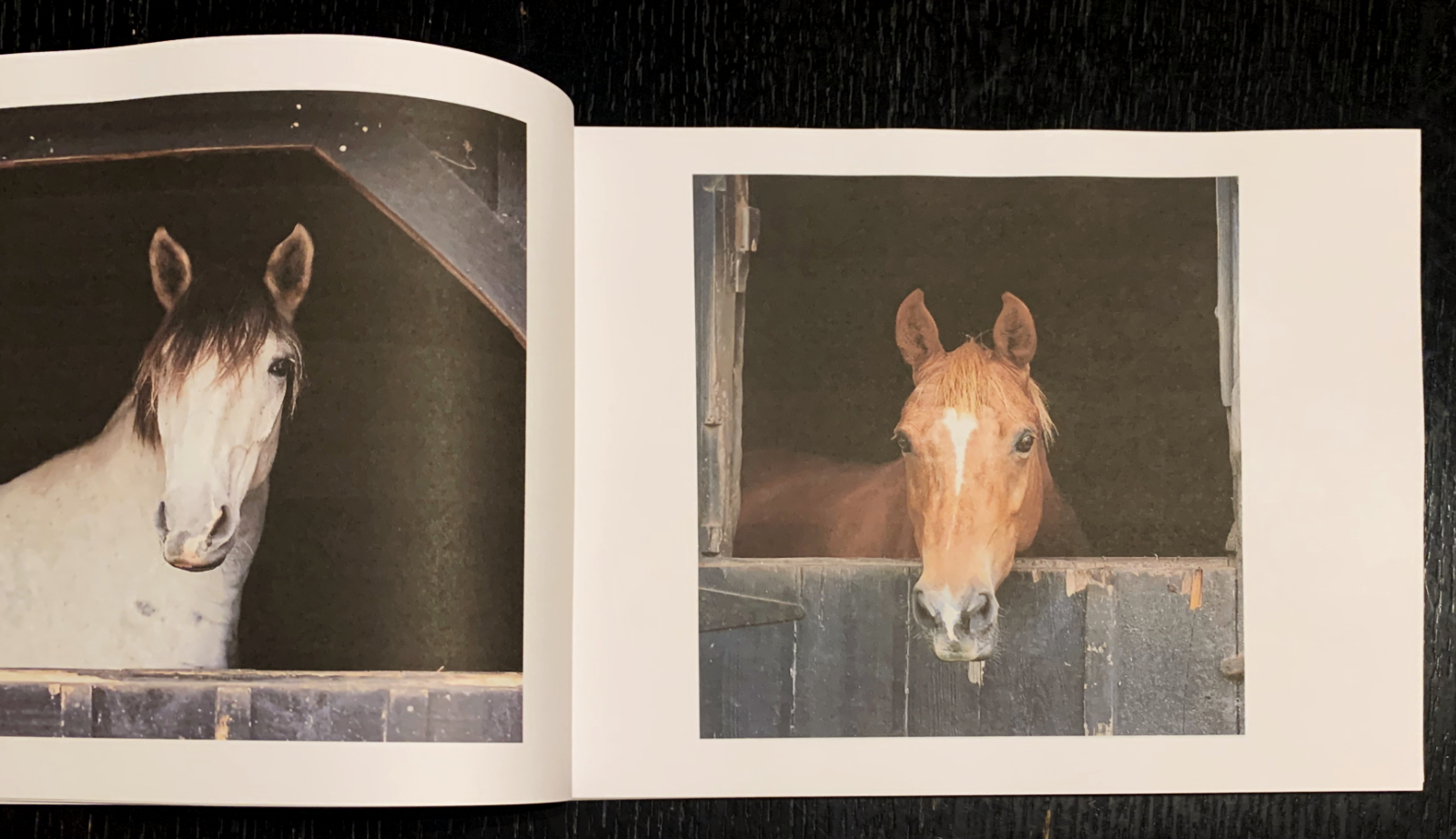
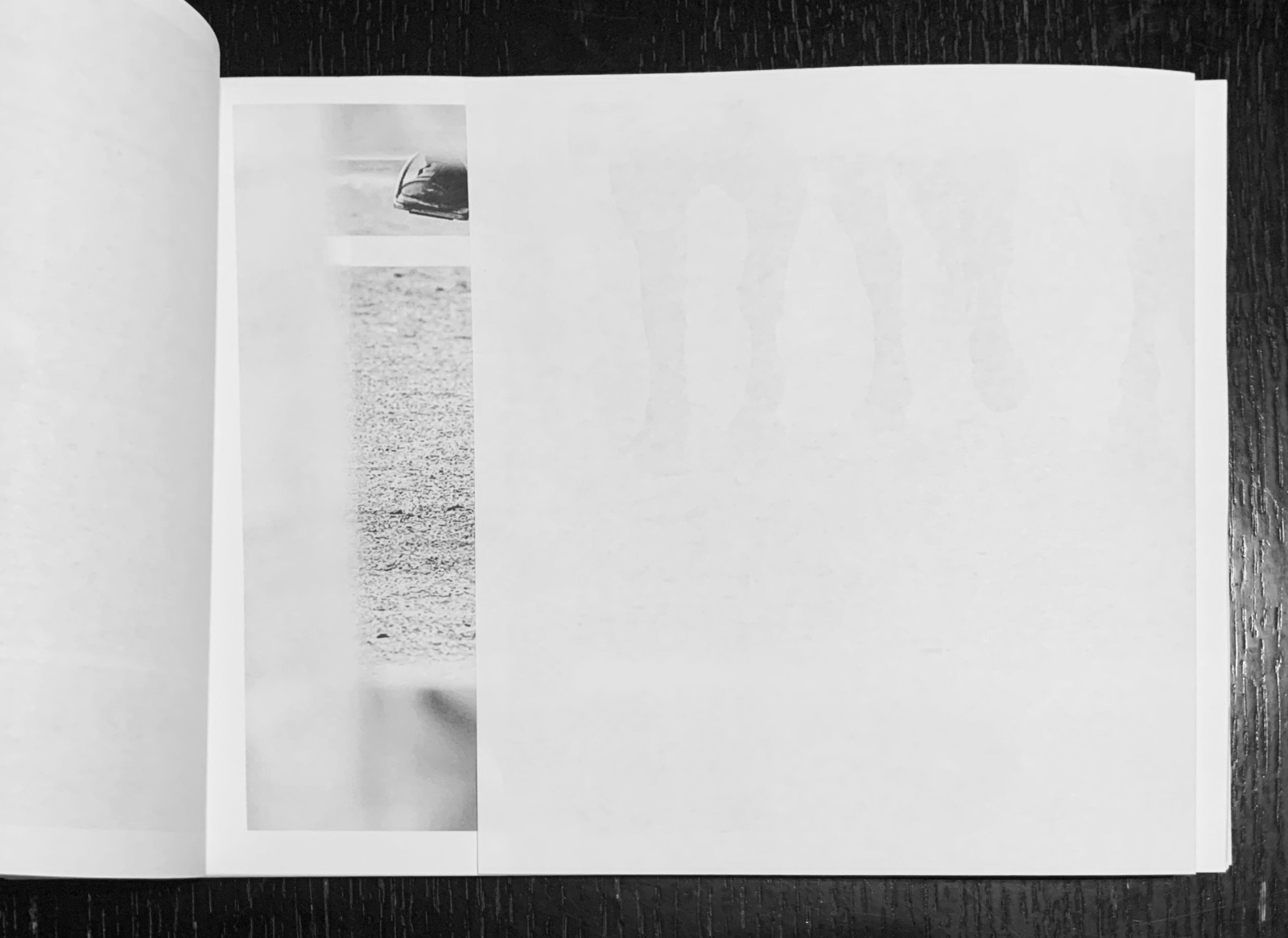
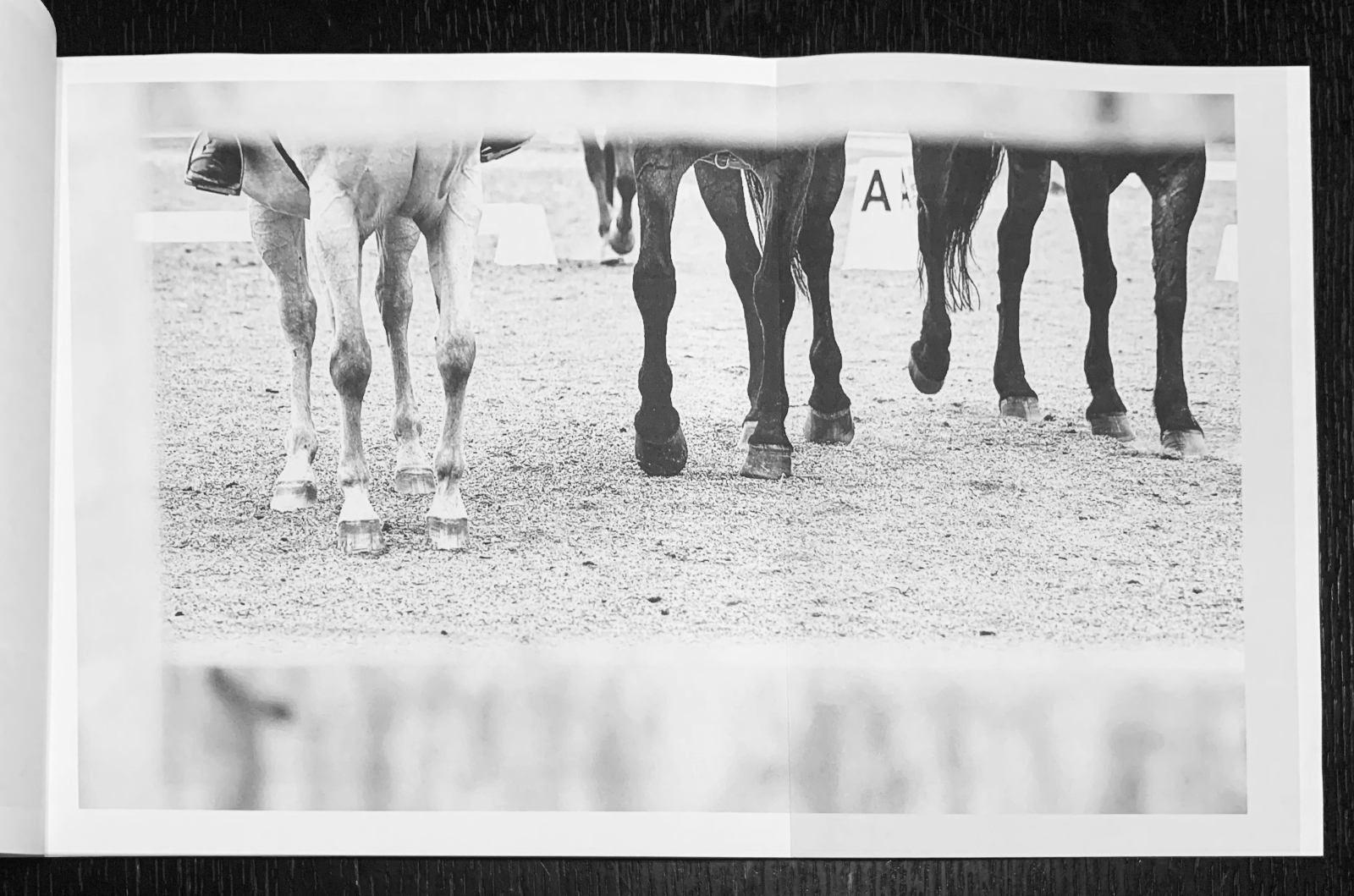
I spend a day or so looking at this draft just to see how it feels, especially things like format and dimensions, and to catch the last problems or issues that have thus far escaped my notice. I also think about things like binding, covers, and paper. When I’m happy with the draft (or no longer unhappy with it), I print the final version and assemble the book.
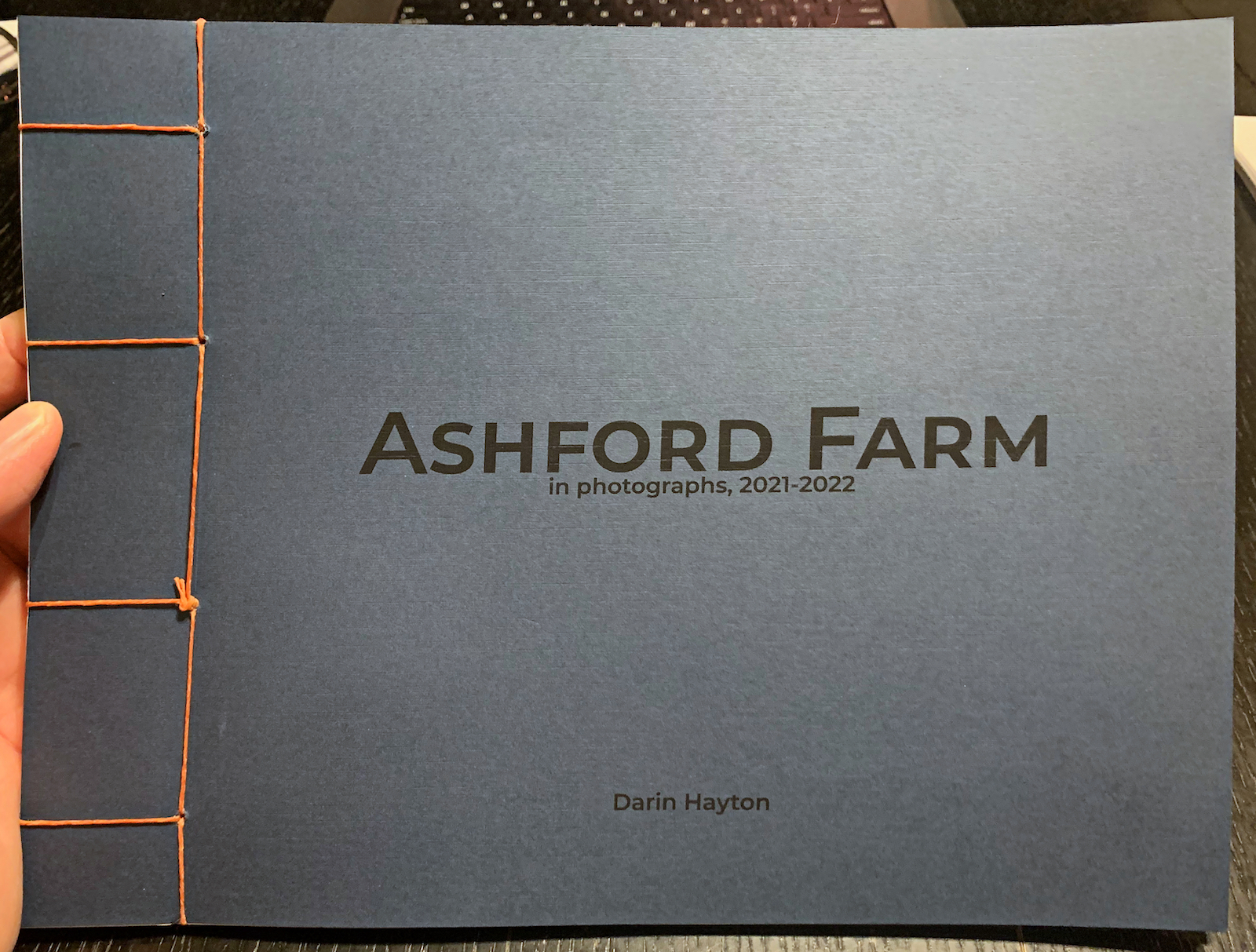
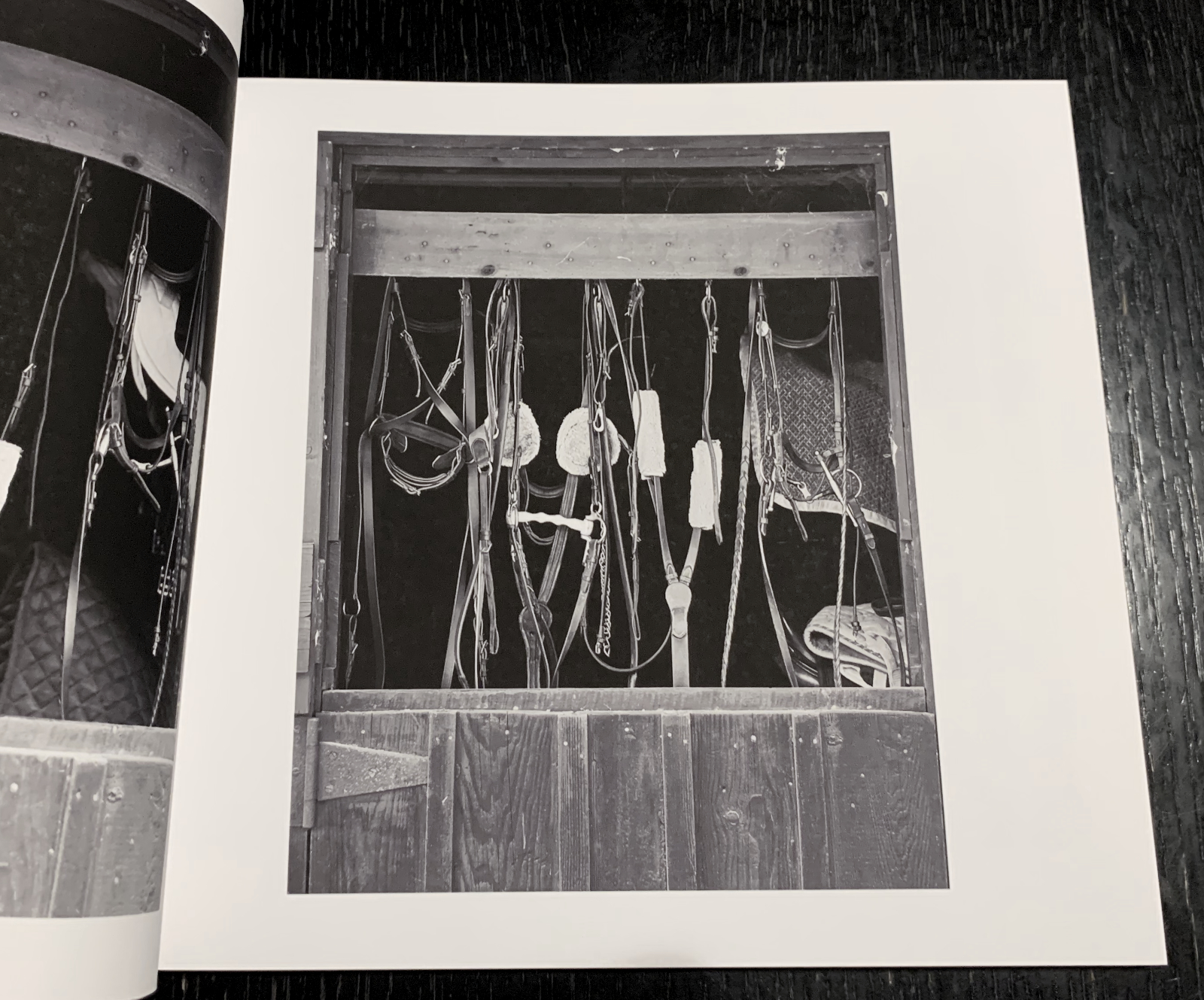
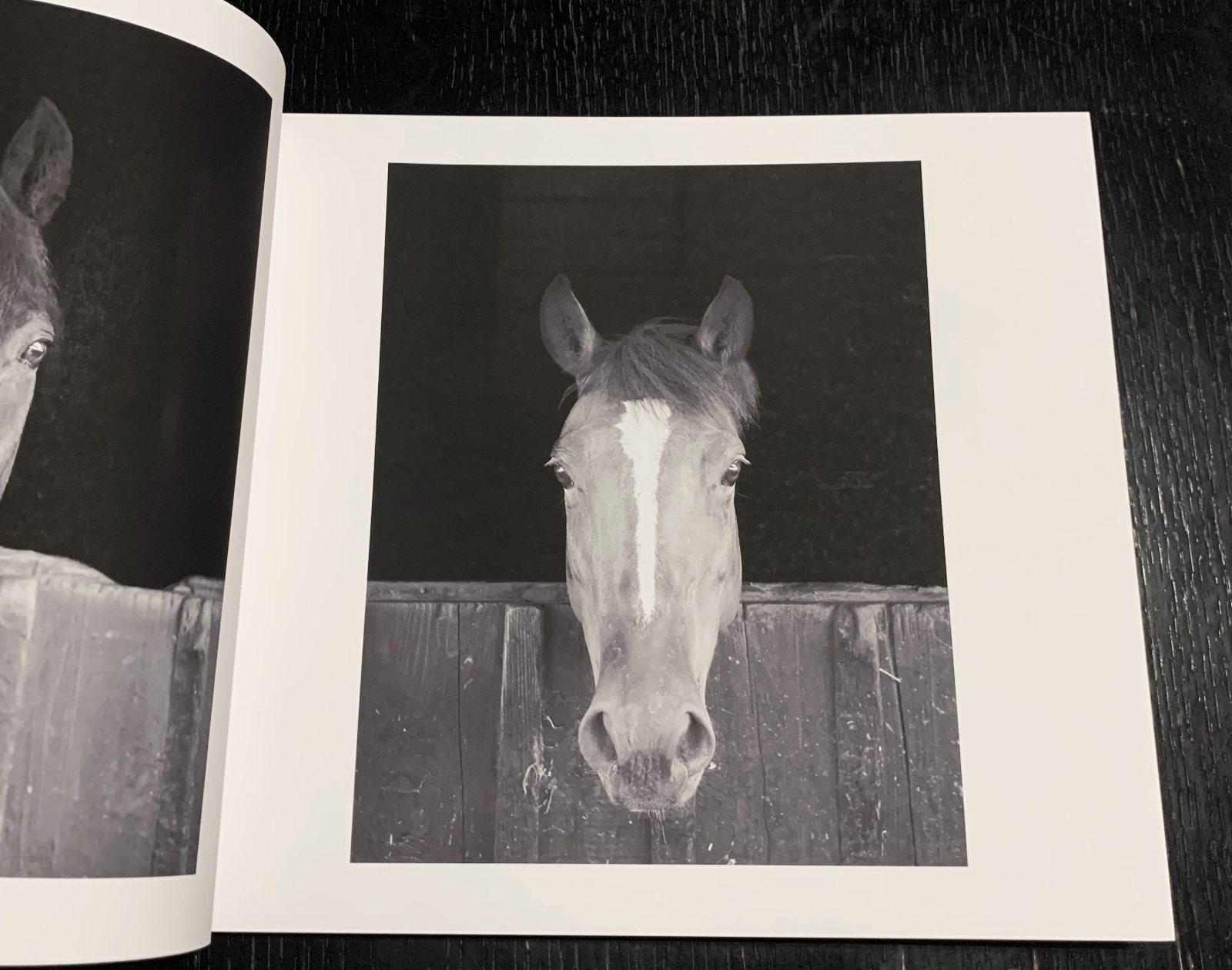
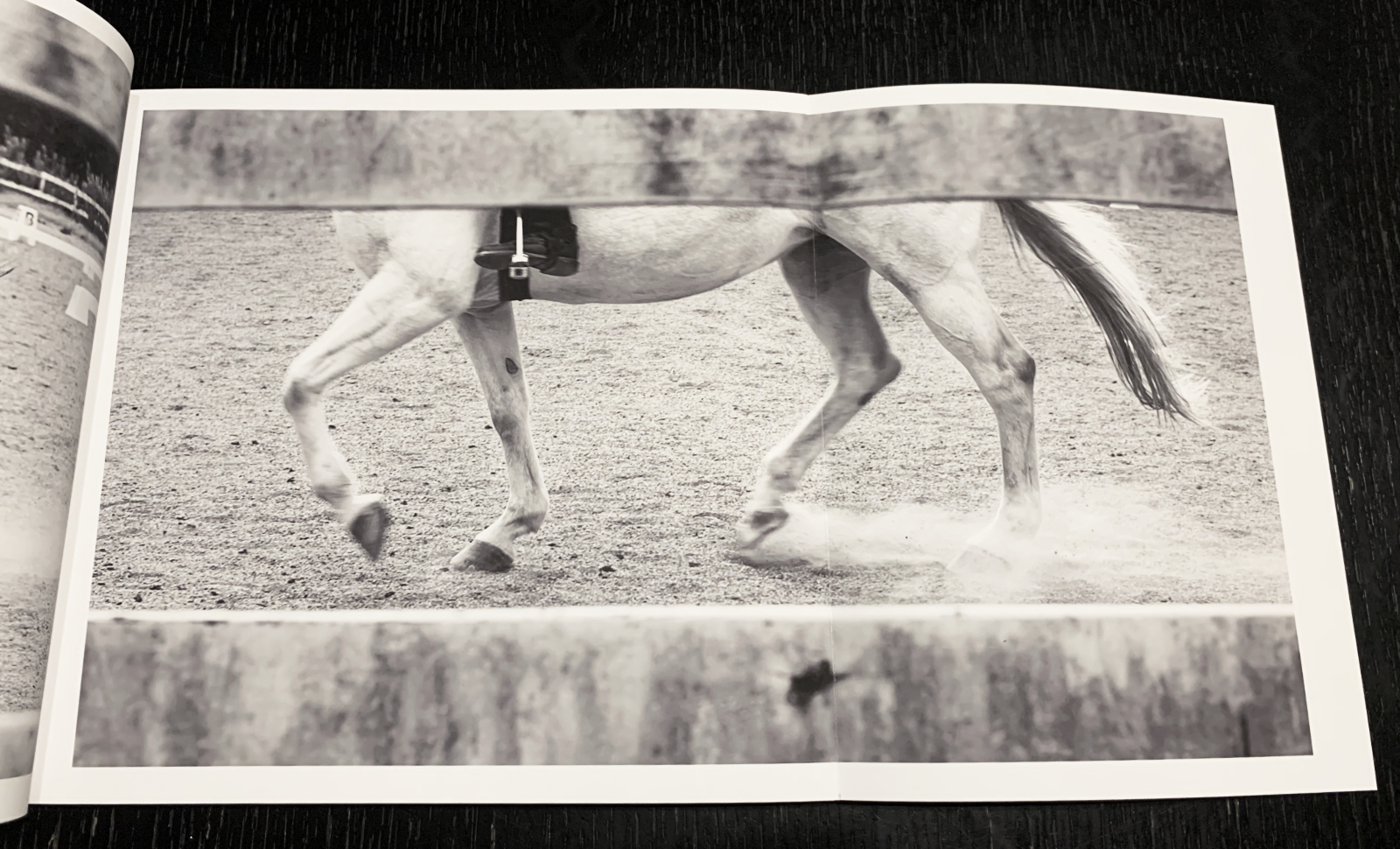
For “Ashford Farm in Photographs, 2021-2022” I assembled 51 photos I had taken last year and this year. Landscape orientation with a number of fold-out pages seemed ideal. The pages would be large enough to accommodate both landscape and portrait photos, and the fold-outs would let me include some 16×9 proportion shots. I used a binding (often referred to as “Japanese Stab Binding” though also similar to the binding used on “Chinese-style notebooks”) and cover that echoed utilitarian notebooks. I used a smooth, bright matte paper for a couple copies and bamboo-washi paper for another. Each copy is unique — not only did I print them on different paper (my favorite was the Awagami bamboo paper, mainly because of the feel), but I also used different thread for the stitching and in one case different stock for the cover.
Here are a few more photos from this book.
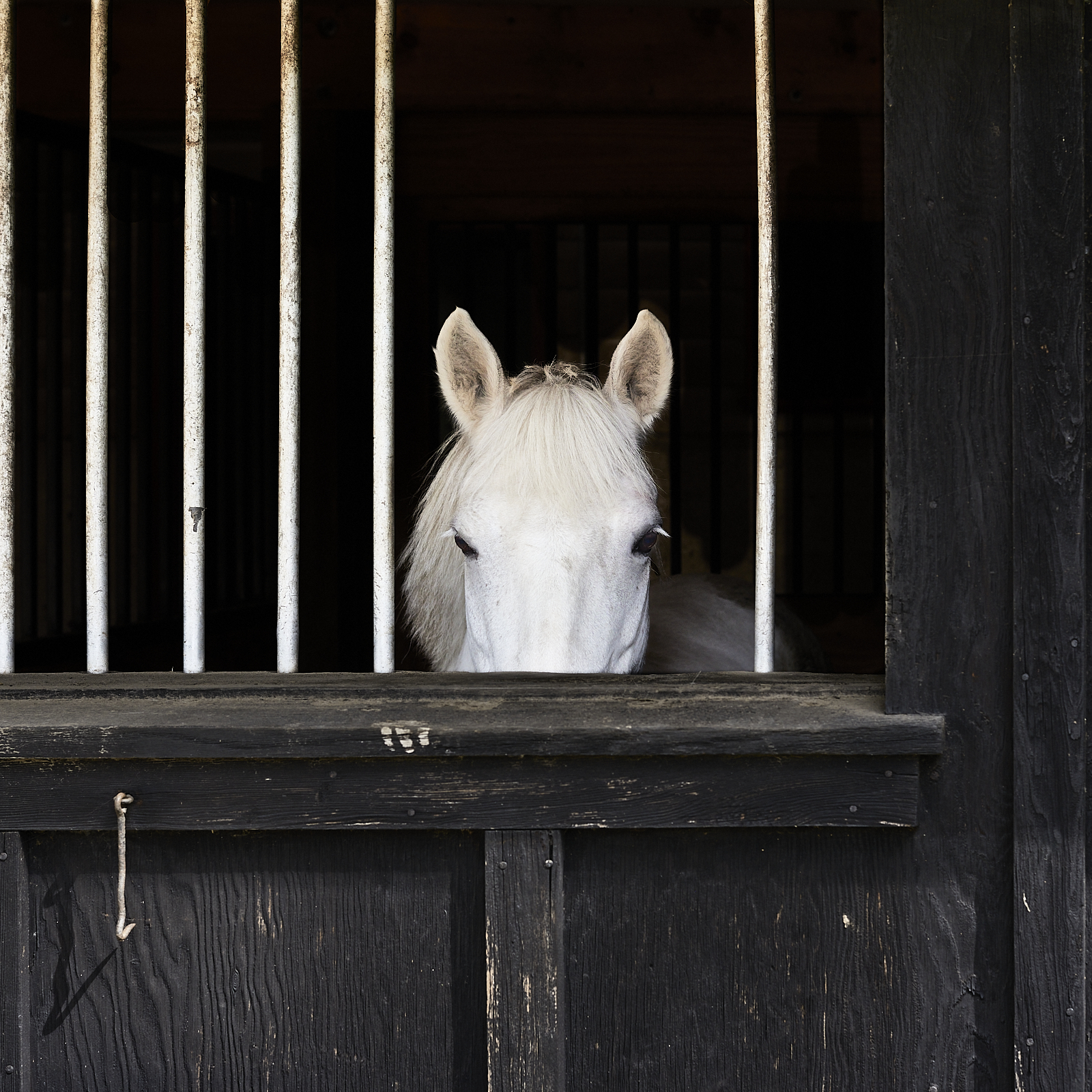
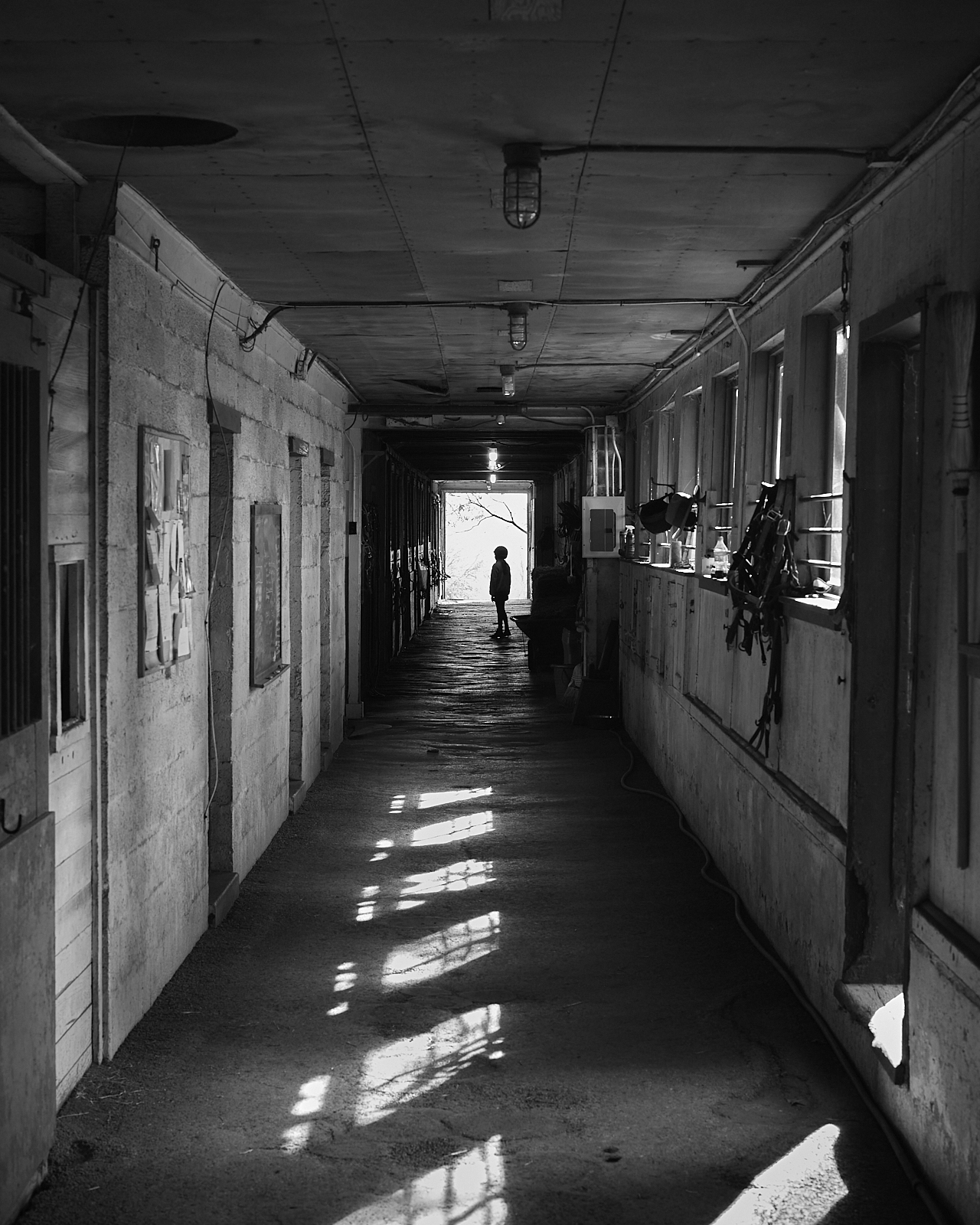
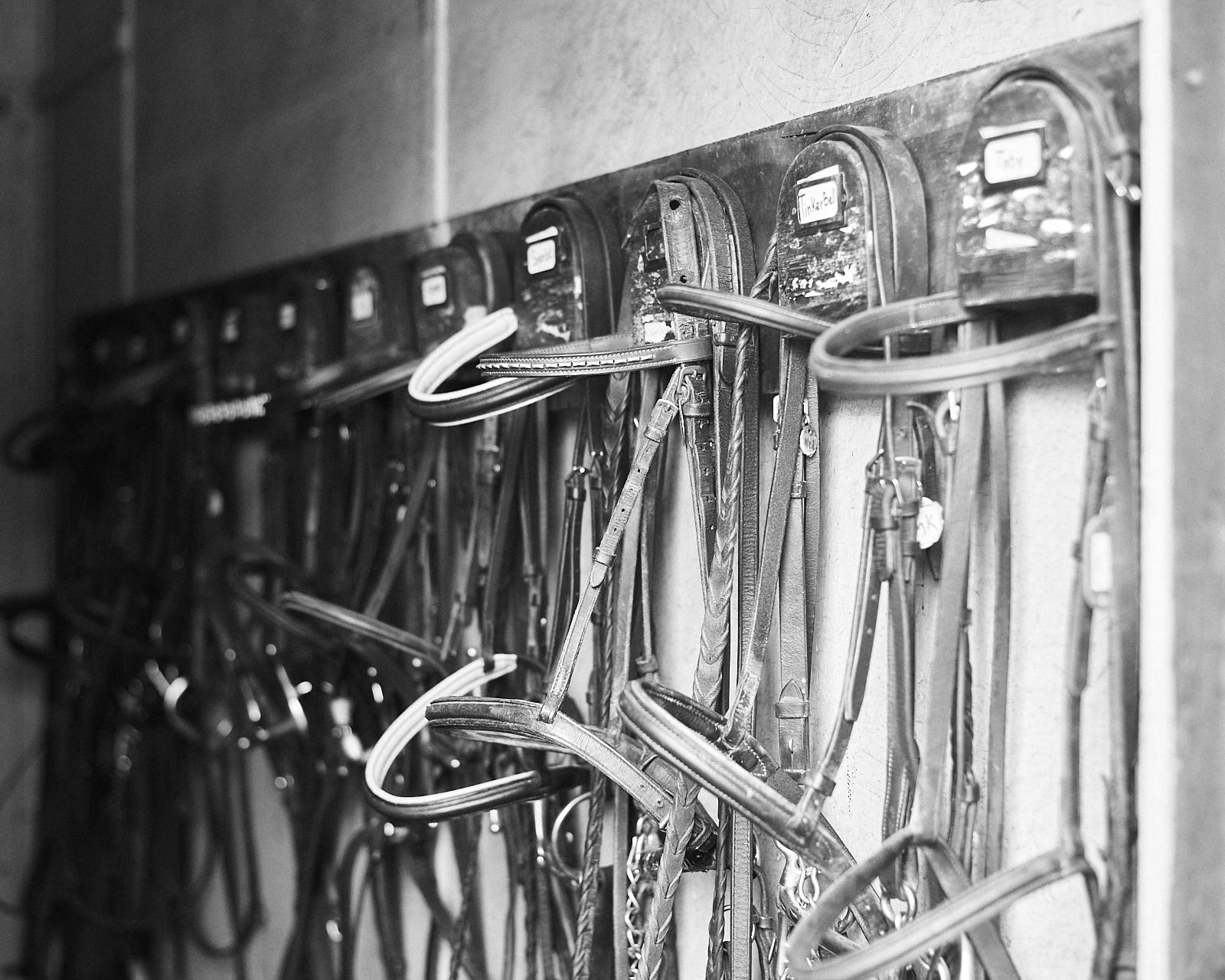
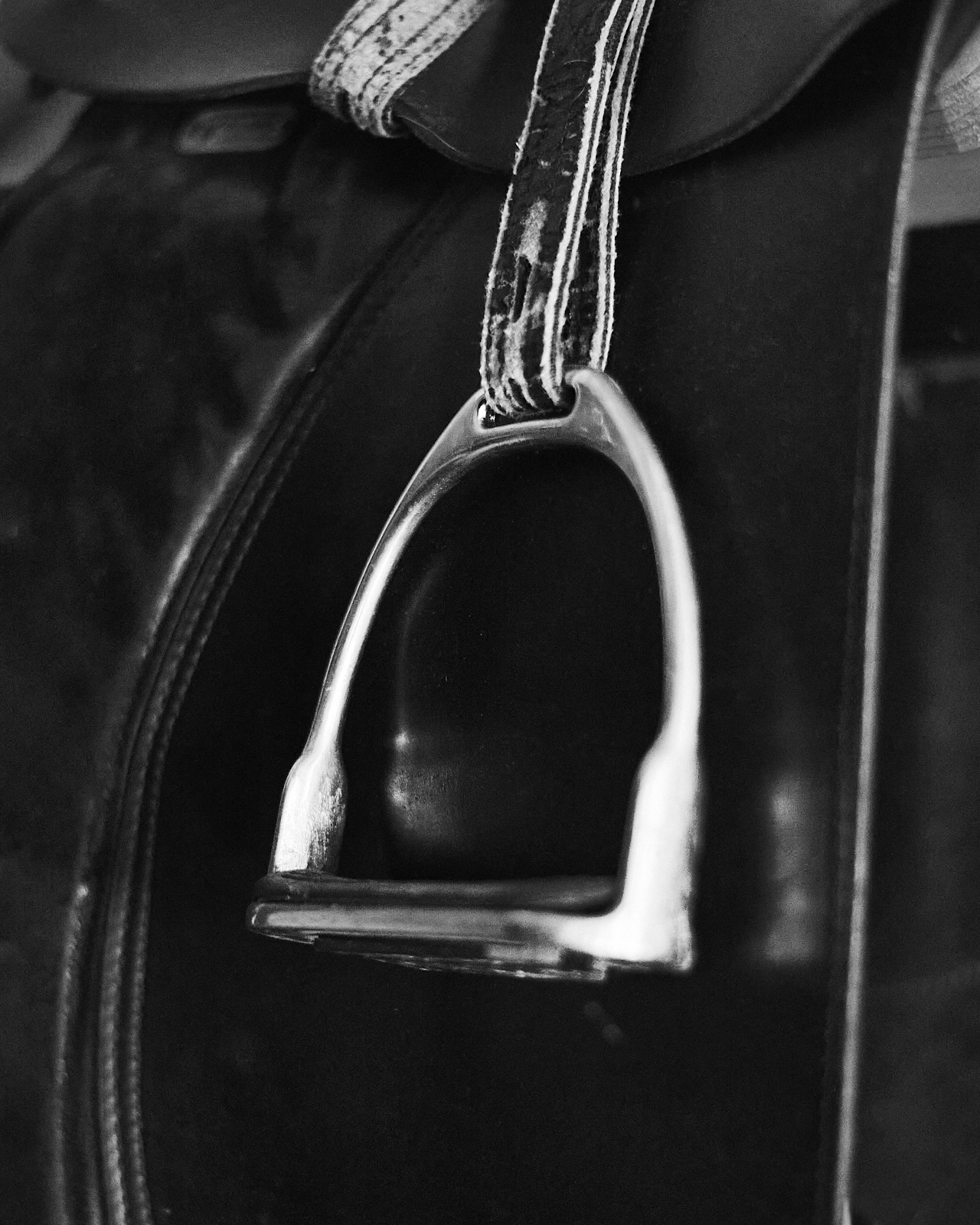
In the end, I made three copies of this book, one for me, one for a friend, and one for the people who own Ashford Farm and let me loiter and take pictures. These episodic projects exist somewhere between creativity and art. I am happy to have made this book and need not share it with anybody, hence creativity. But it does something more when I share it with an audience that might be interested, hence art.
I might make another copy or two. I might not. If you want one, let me know. Maybe we can work something out.
